When you think of any athletic pursuit, aside from perhaps major league sports, nothing screams “ultimate achievement” quite like Olympic qualification. Every four years, aspiring athletes watch in awe at these modern demigods as they perform powerful, tested feats. Some that you wouldn’t think the human body capable of doing.
Even if you’re not an enthusiast for televised sports or the Olympics themselves, you naturally see their bar as the standard of “peak training, conditioning, and shape.” These are the crème of the crop, as they say. What agonizing and life-consuming training must these amazing people endure to get where they are?
It must take a singular dedication, an eagle’s eye sharp focus on the goal, a commitment and some real tough grit spiritually and emotionally, right? If it were easy, lots of people would be Olympiads, and it wouldn’t be that special.
If you’re interested in bodybuilding and weightlifting, you may have been a little afraid to ask the question of what goes into Olympic training. You fear the answer of how bad it is and worry it may be a blow to your own aspirations.
Well, what if I told you that it’s not that unapproachable? Oh, don’t get me wrong my friend, it’s a tough as heck journey, it will be painful, it will be exhausting, it will try your spirit. That’s a good thing though because you have to break muscle to make muscle. This applies, I think, to mind and soul as well. You break yourself down and build yourself back up more in the image of who you want to be – the best you comes closer each time you rebuild yourself.
But while it’s not an easy road, it’s not as bad as you expected, because you expected the trials of Hercules. It’s actually pretty approachable because you don’t throw yourself headfirst into the deep end with something like this. Even if you’ve been training for a while, and you’re just ready to amp it up, you don’t just dive in. You work yourself into it, strategically, patiently. By the time it’s a real gauntlet, you’re ready for that.
We’re going to talk about Olympic weightlifting training today. We’ll talk about preparing and establishing operating parameters and priorities. Then we’ll do a very basic summary of a 4-week Olympic beginner program designed with these goals/priorities in mind, and being accessible. Easy? No. Doable? You bet.
Preparation
If you’ve been lifting or been building your body for a while, some of this may sound pedantic. However, even old hands looking for the next level should check stock of themselves by these guidelines.
First, physical preparedness is critical. Before you can start major lifting and building, you need to get to your most base optimal condition. In other words, get to your ideal body weight and shape first. Shed the flab, firm up, and build some overall endurance. Construct routines and condition yourself to them, so that a workout is no different from any other routine at some point in the day (usually mornings). This also means building mobility, dexterity, and movement control upon which weightlifting is very demanding.
Next, you need to be wide-reaching and open-minded. You’re probably thinking of it being all just various presses, deadlifts, and curls. There’s a lot of that, but a properly-muscled, healthy body needs more than just lifting to stay strong, flexible, durable, and deft.
Finally, you have to love this. You have to enjoy being physically active. You have to love working your body hard just for the burn and personal fulfillment. This has to be a big part of your life because it takes some serious dedication. If you’re not that into it, you won’t last, plain and simple.
Learn Lifting Basics
Before you jump into a beginner’s Olympic training regimen, learn the ins and outs of general weightlifting. Consult with a fitness expert who can show you the right poses, postures, movements, and techniques involved. Learn about rep strength percentages, muscle groups, etc. Learn the proper nutritional habits ideal for weightlifting and tuned with the help of your physician, to your specific body’s needs.
You can pick this up while going into the training, but it’s not a good idea, it’s just easier to have graduated from “complete novice” before getting into this.
Four-Day Routine
So, here we’ll provide a very brief rundown of the four-day regime. This routine is a decent beginner’s Olympic training cycle.
Day 1: 3×8 squat jump at 20%, 3×5 black power snatch, 3×5 BTN snatch push press, 3×5 squat at 70%, 4×8 strict pull up, 4×8 seated overhead press.
Day 2: 3×8 box jump, 5×3 muscle clean, 3×5 power jerk, 2×5 block snatch pull, 3×12 belt squat, 3×12 single leg RDL.
Day 3: 3×5 (total of 10) split squat jumps, 5×2+2+1 snatch high pull/muscle snatch/overhead squat, 3×5 drop snatch, 3×5 front squat, 4×8 single-arm dumbbell row, 4×8 dips/pushups.
Day 4: 3×8 box jump, 5×3 block power clean, 3×5 push press, 3×5 clean deadlift, 3×20 walking lunge steps, 3×20 waiters carry steps.
As you can see, this is an asymmetrical series of intensity and recovery days. These recovery days are far more brutal than basic recovery days in lighter training programs. There are some advanced exercises here, which is the reason basic lifting experience is a good idea from the beginning.
Bottom Line
Remember that you may over time need to augment the intensities or rep sessions in this regimen. However, once you find yourself having to tweak them too much, it’s probably time for an intermediate program. This new program could be a significantly different set of practices fundamentally.
You can also move these days around if other things in your life make the way it’s ordered problematic. Though, this is the optimal order, so try to follow it if you can.
Never heard of some of the exercises? Brand new to this whole exercise thing and the instructions were, therefore, Greek to you? No worries! Follow us on Facebook today, where we share insight and advice to fitness pros and beginners alike.
The post How To Train Like An Olympic Weightlifter appeared first on Gaspari Nutrition.

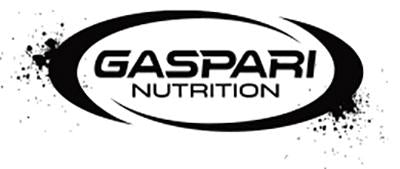
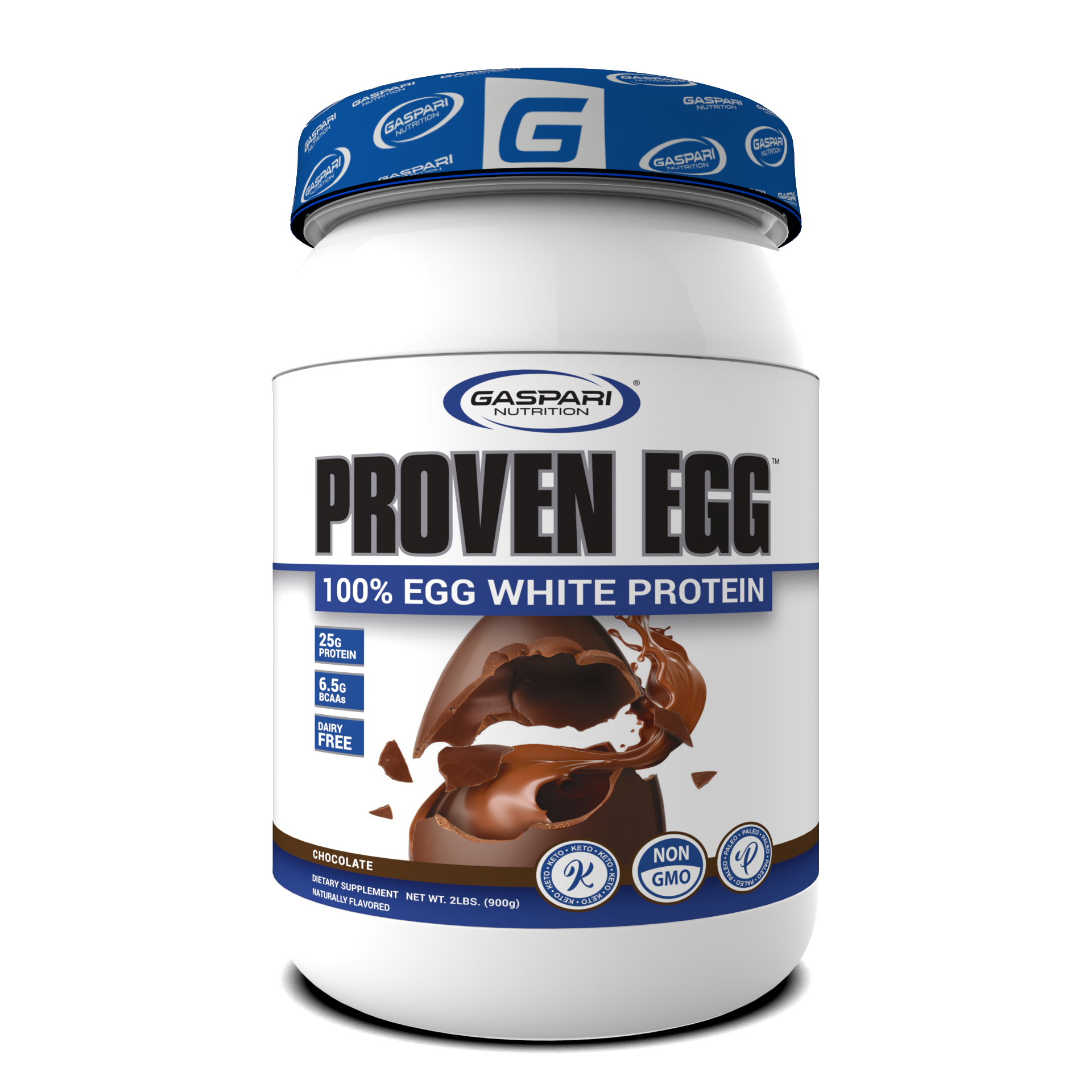




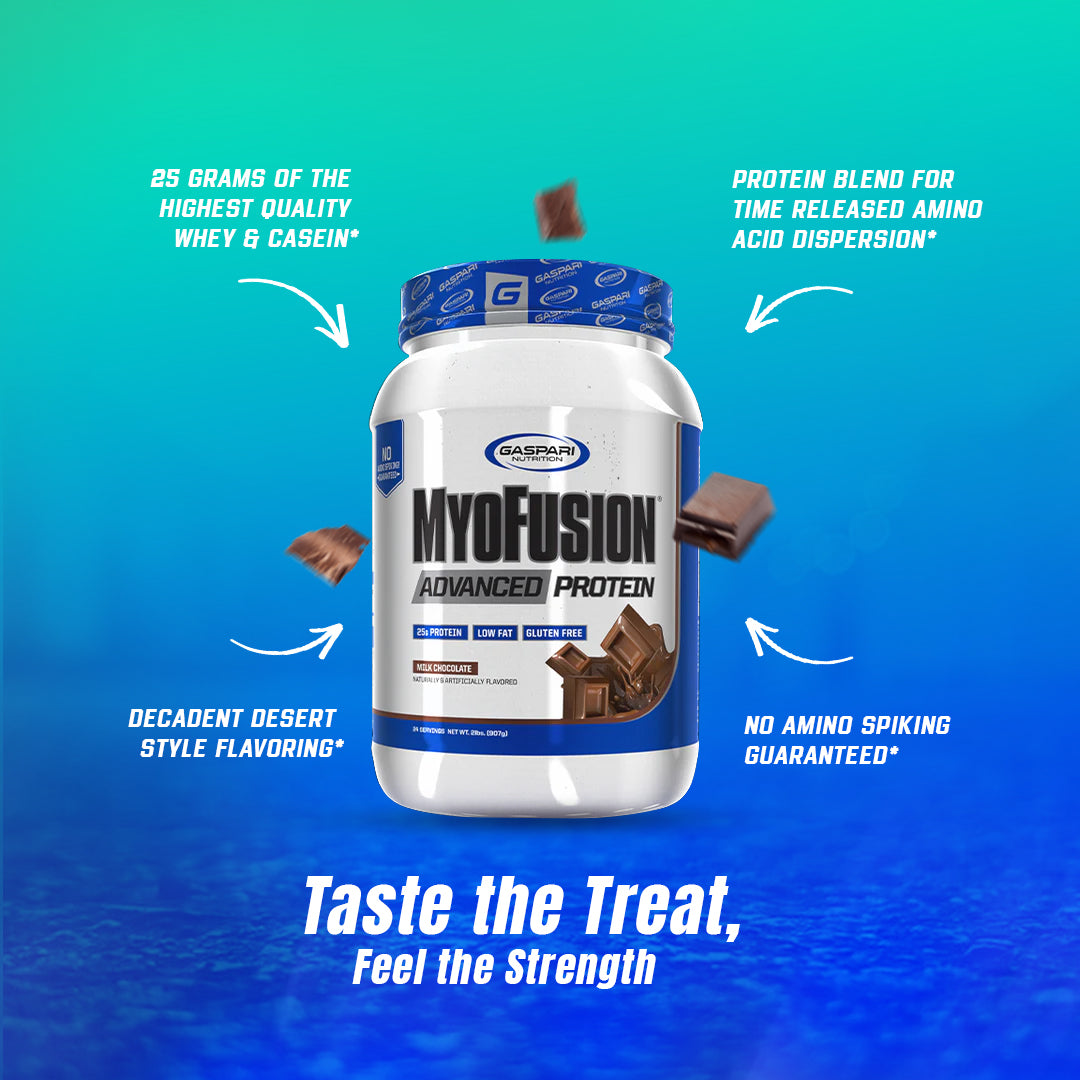

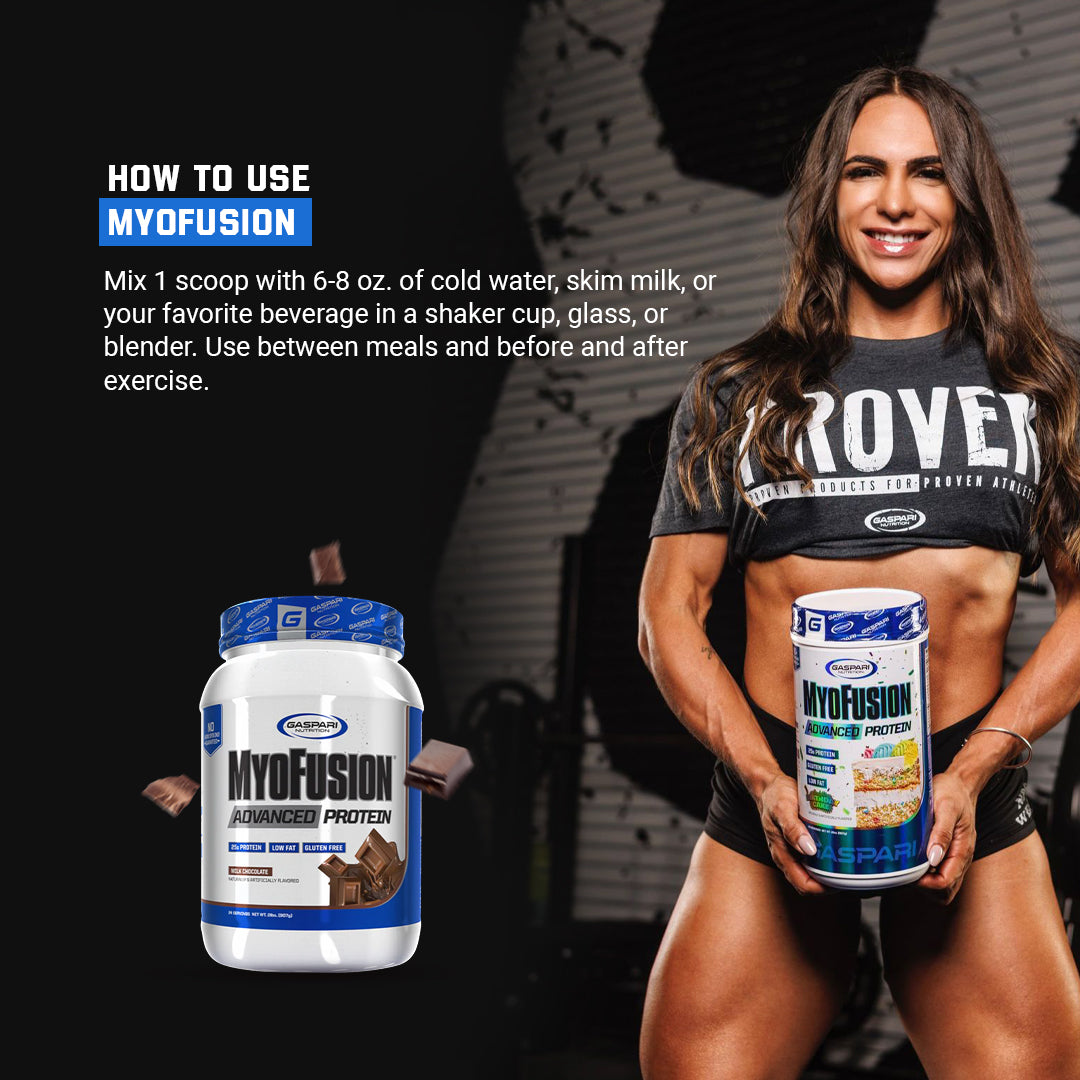
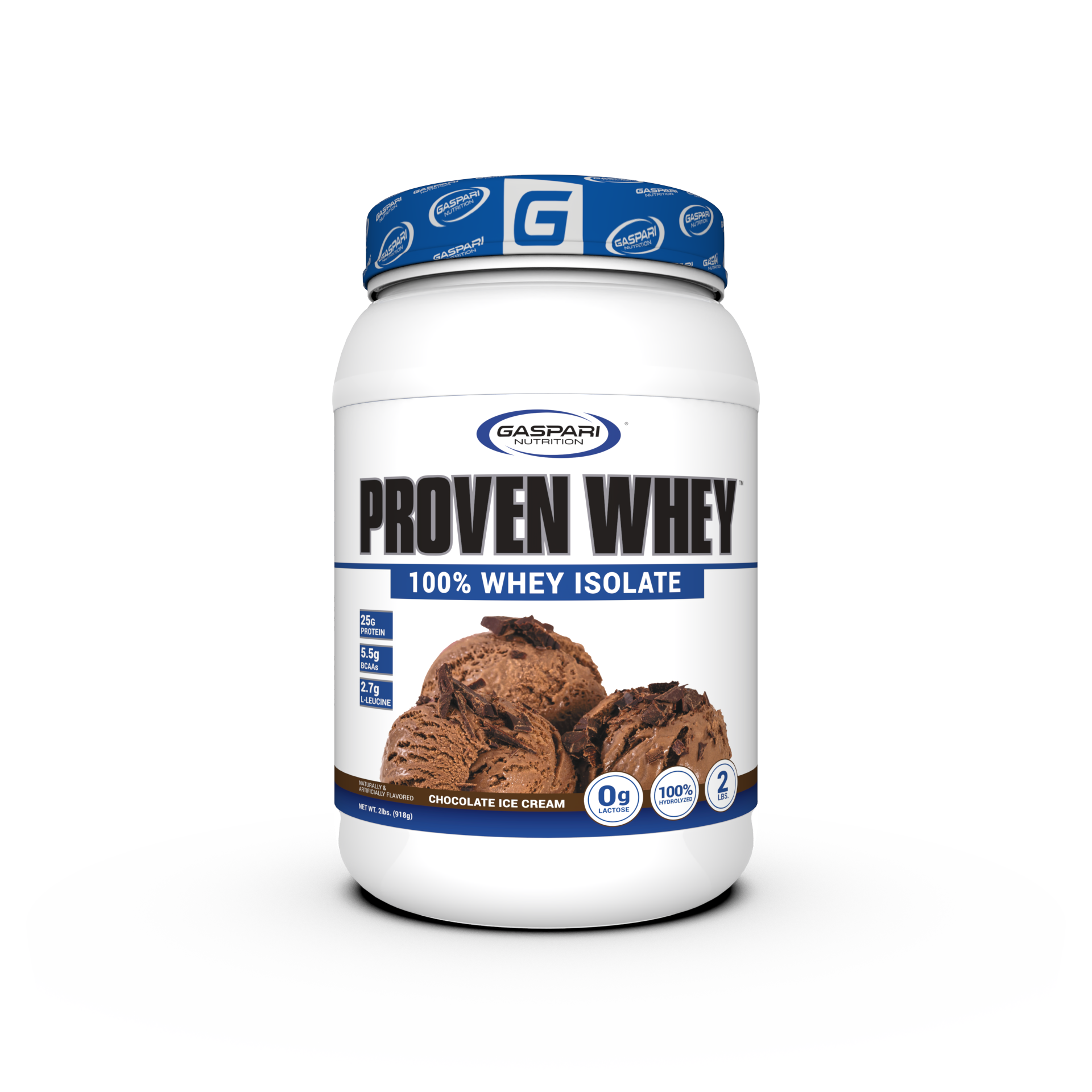


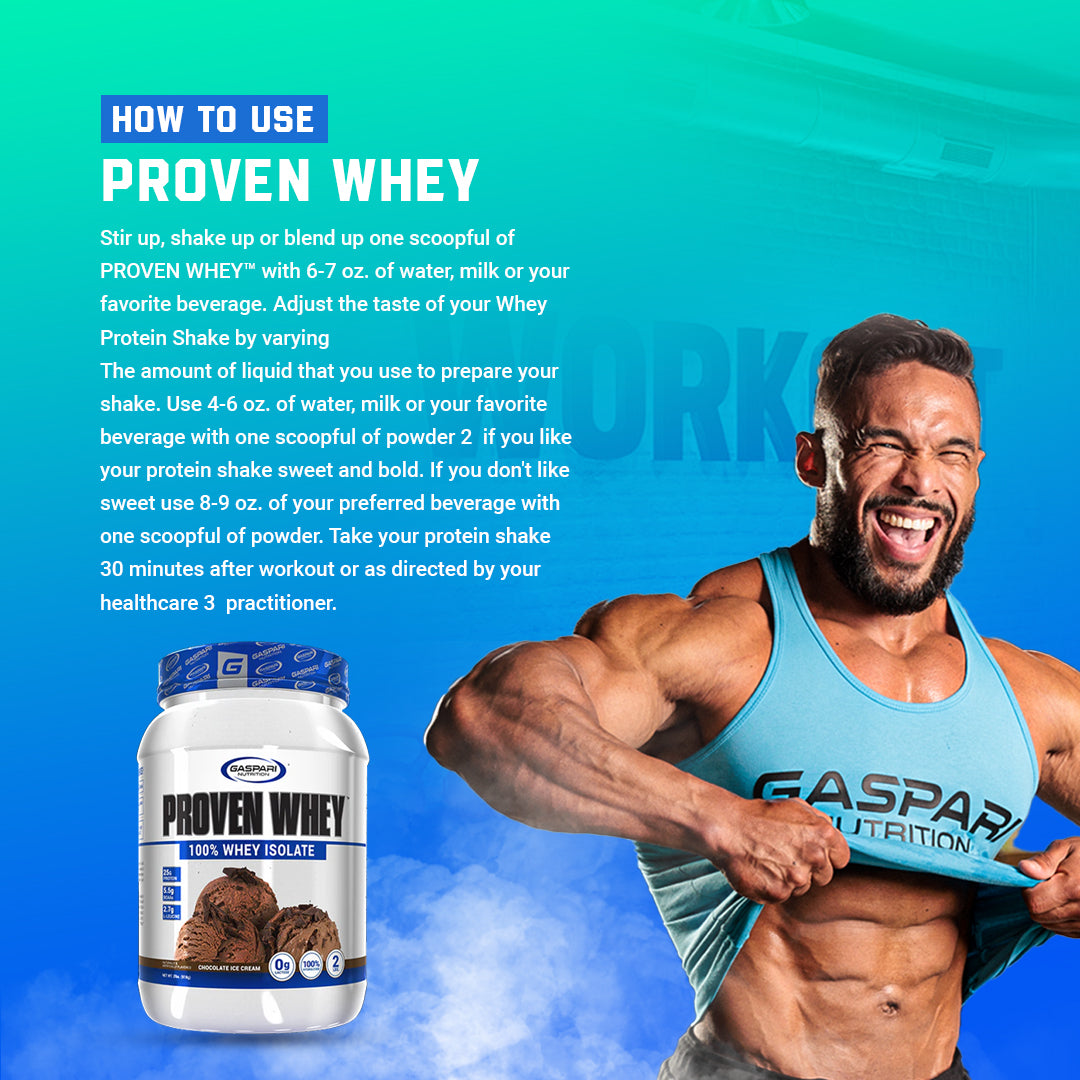

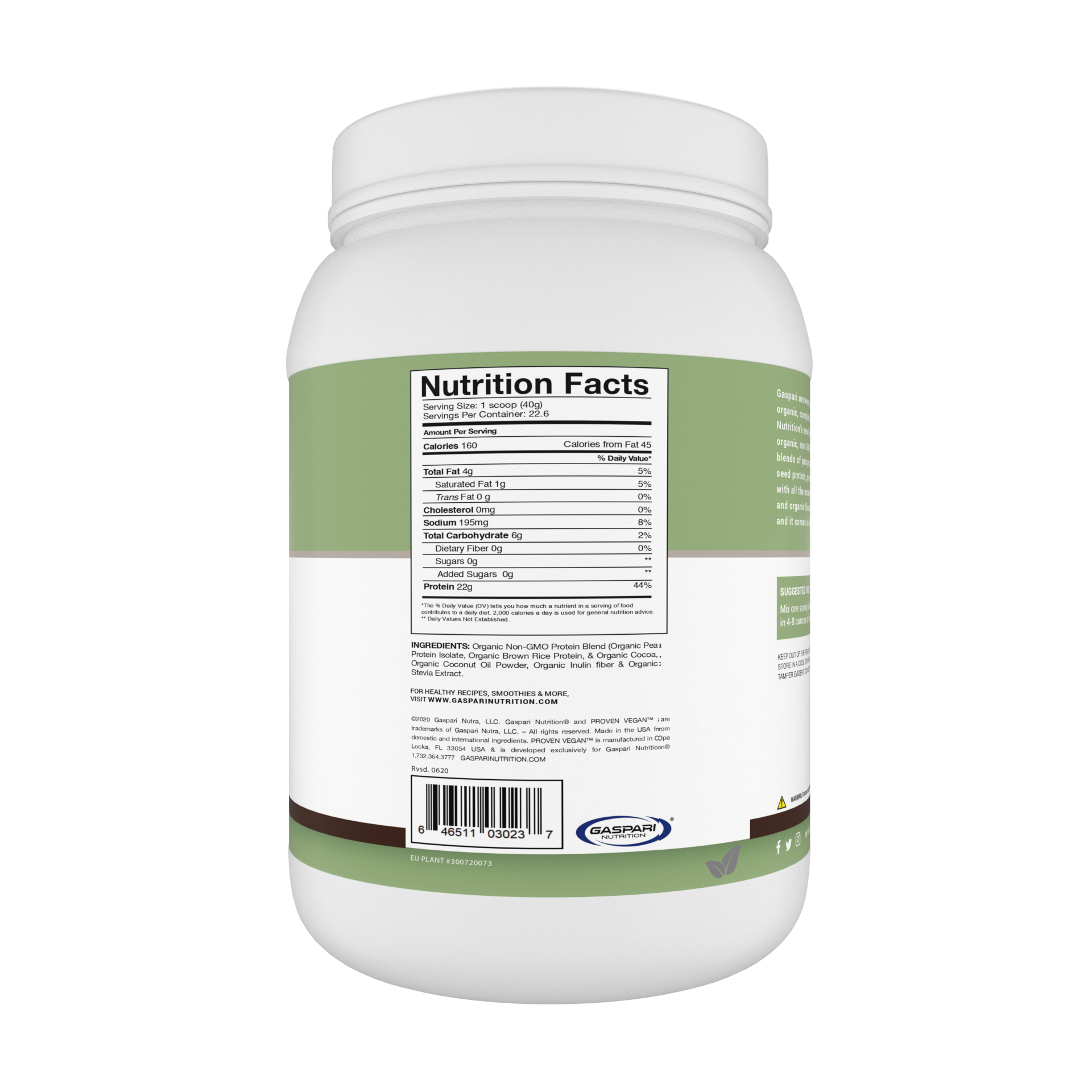

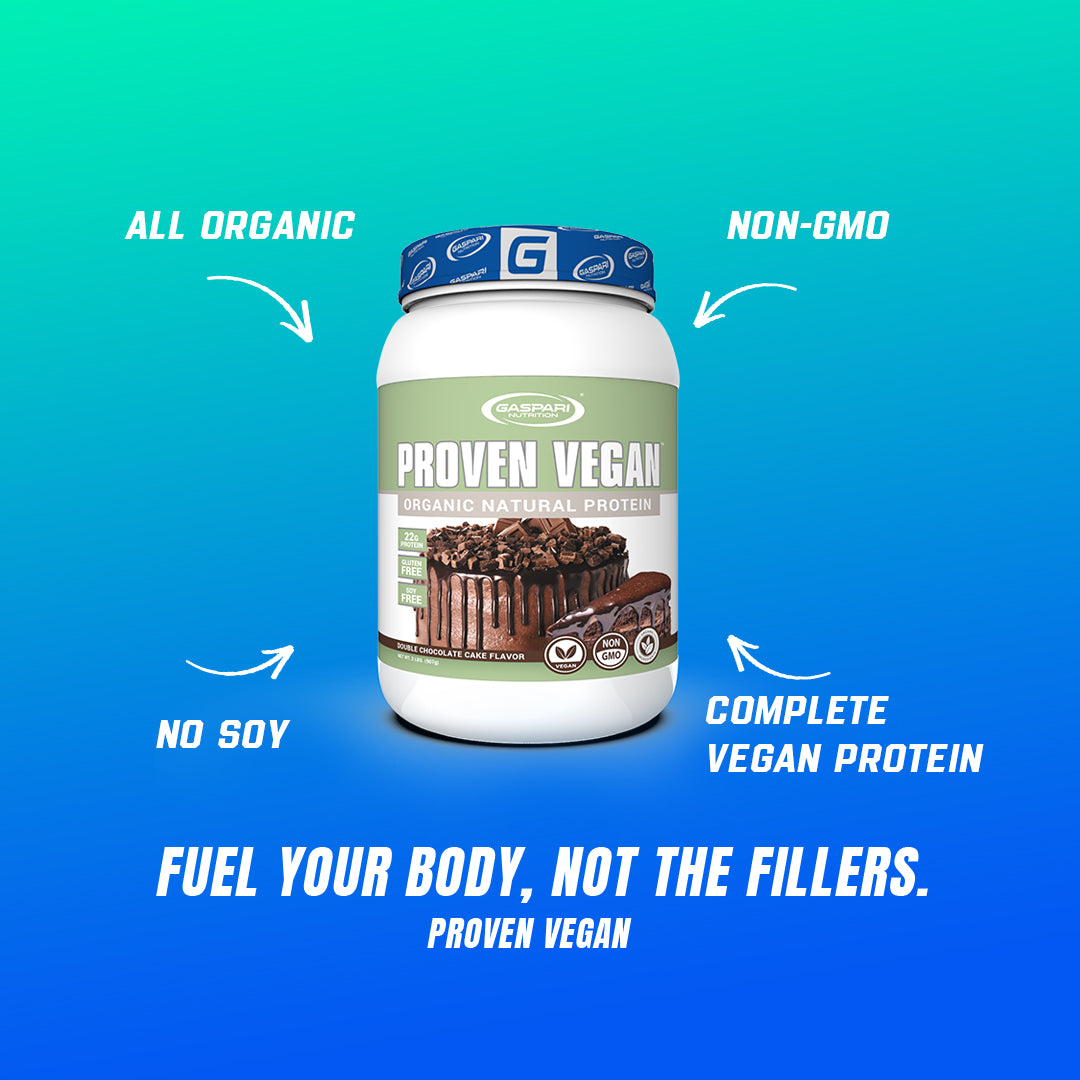
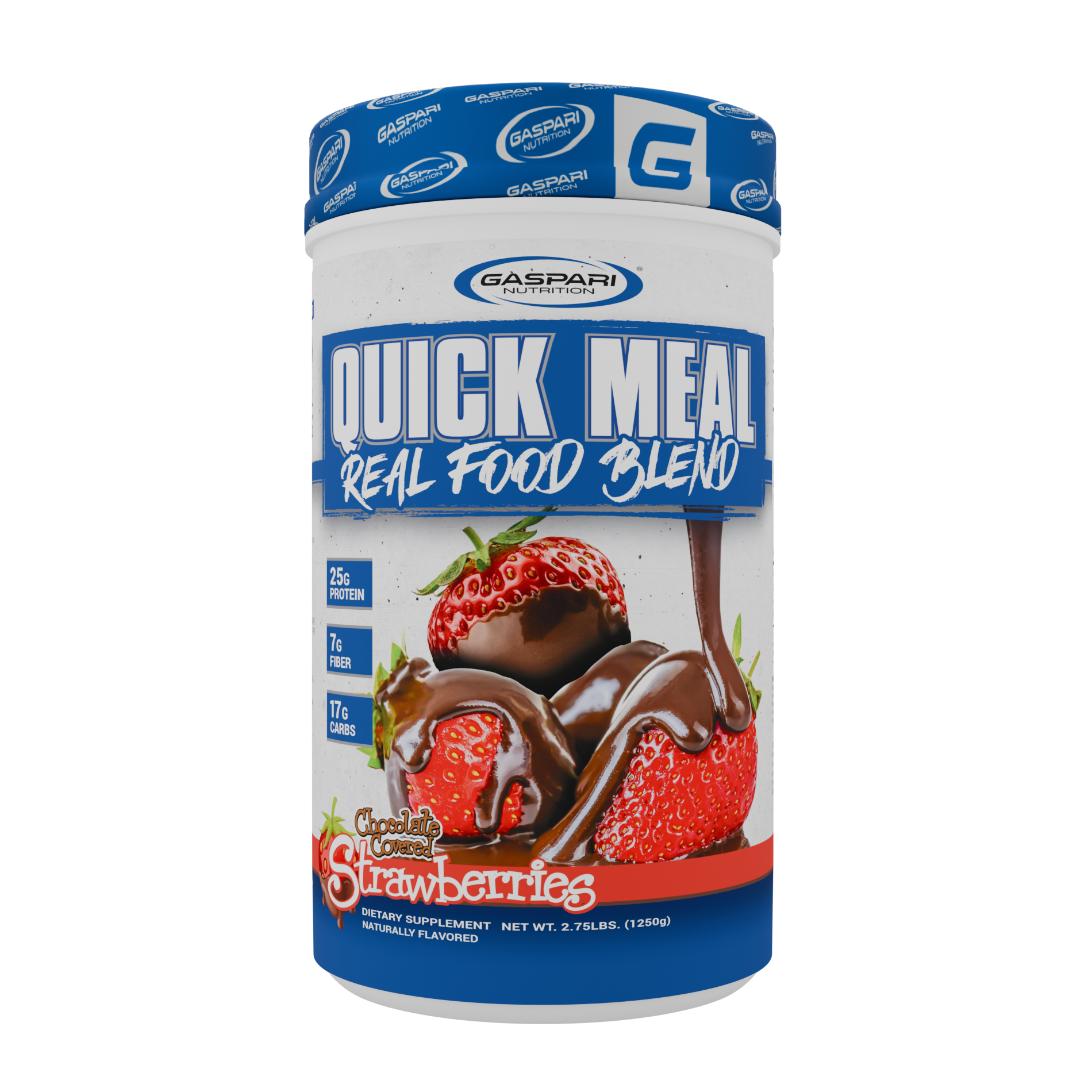


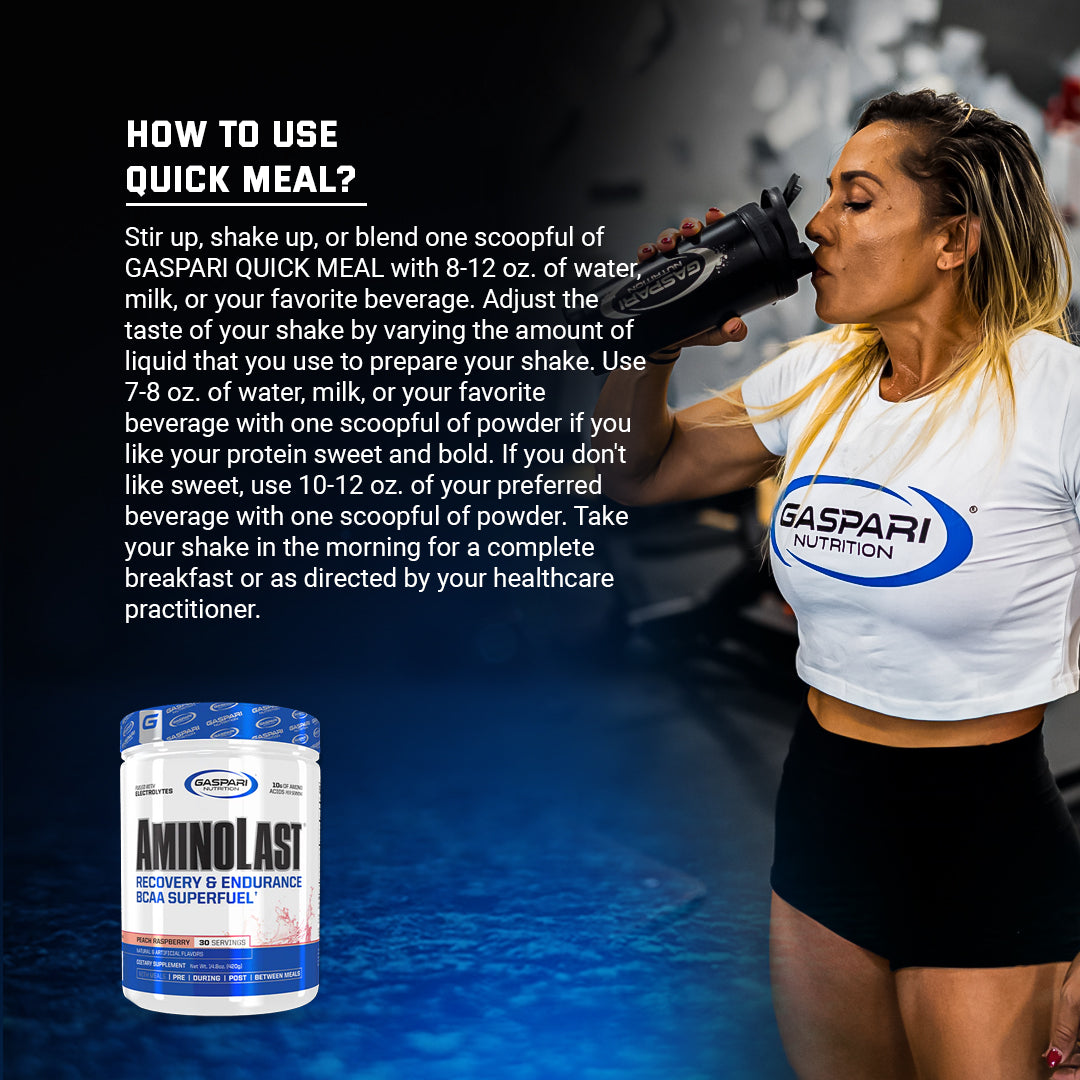
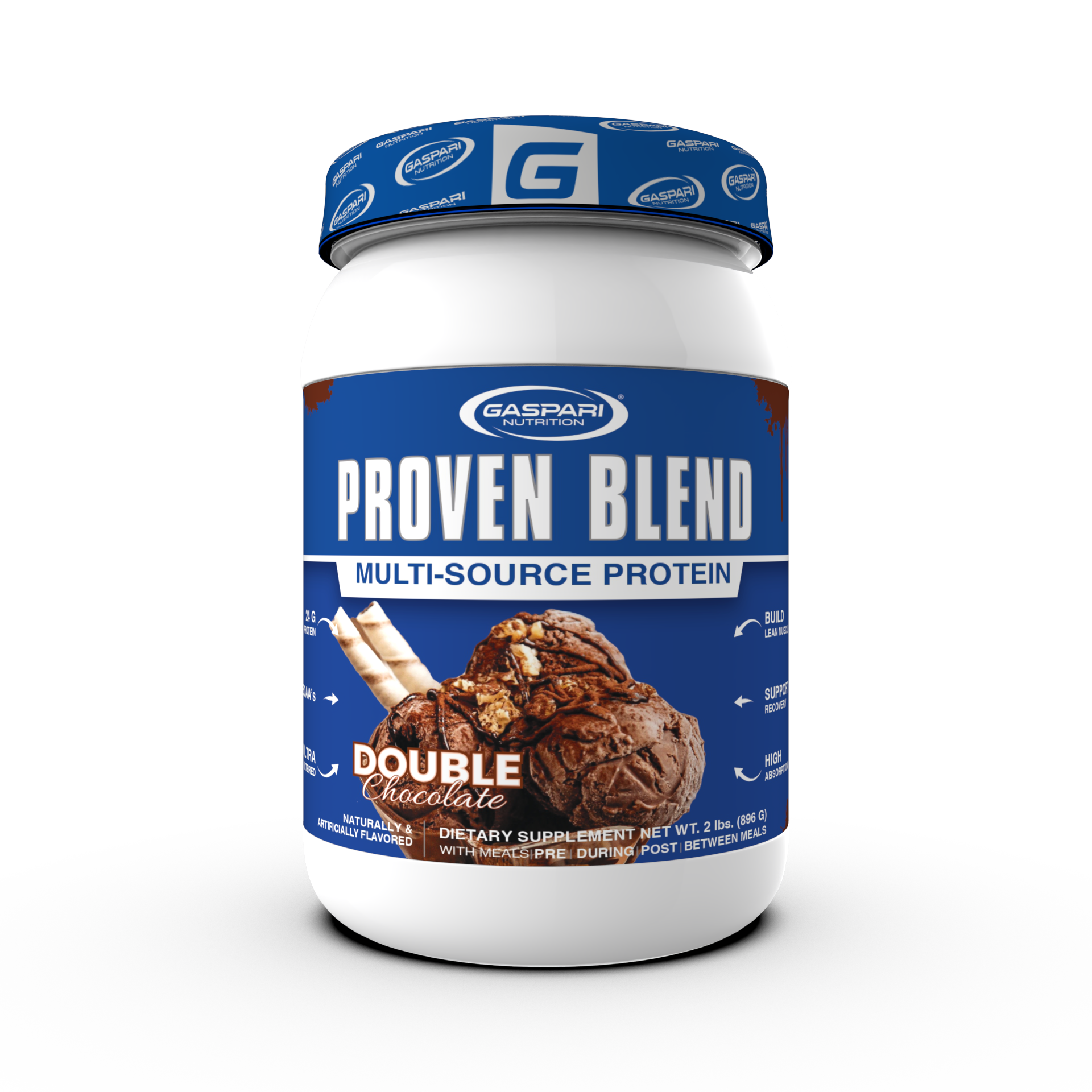
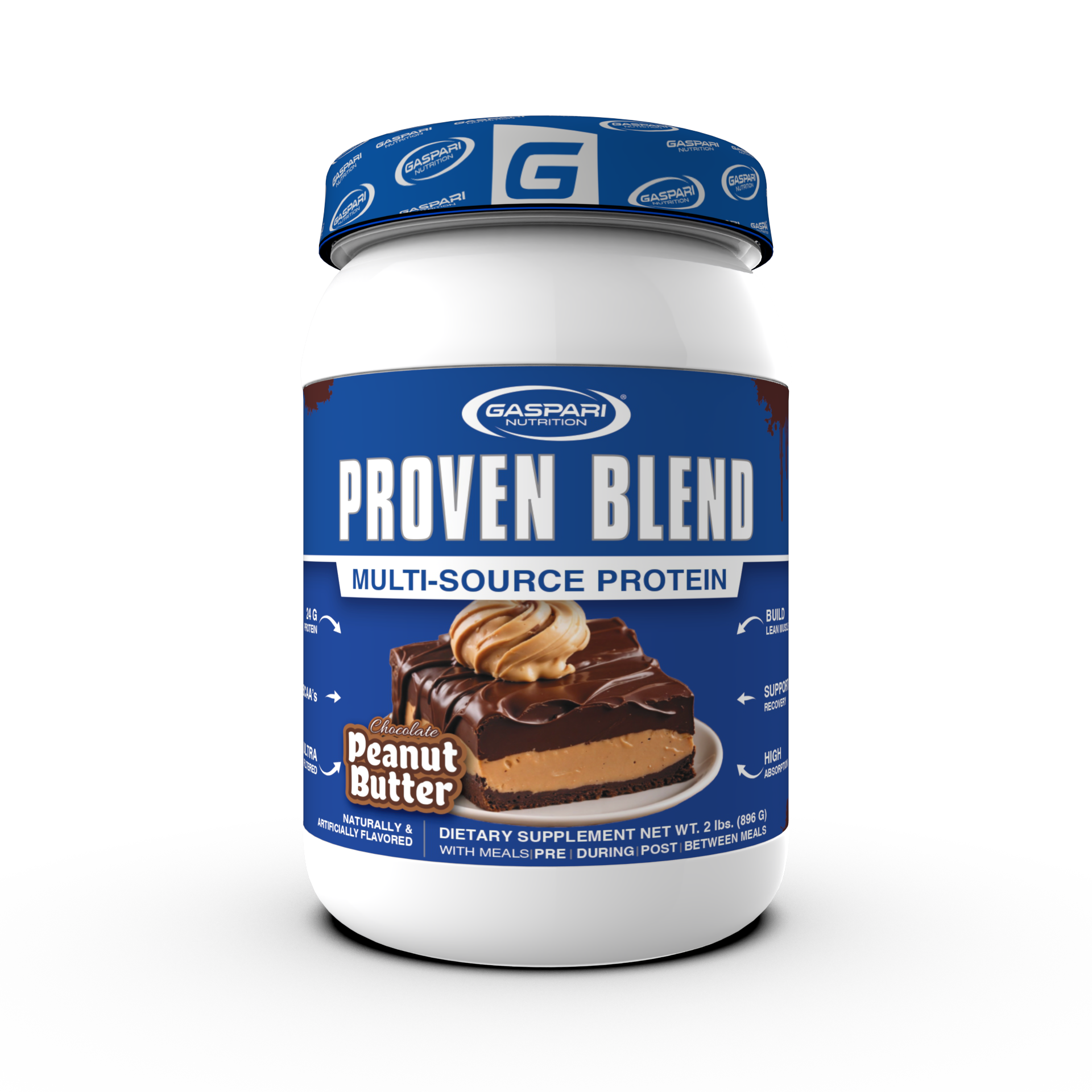


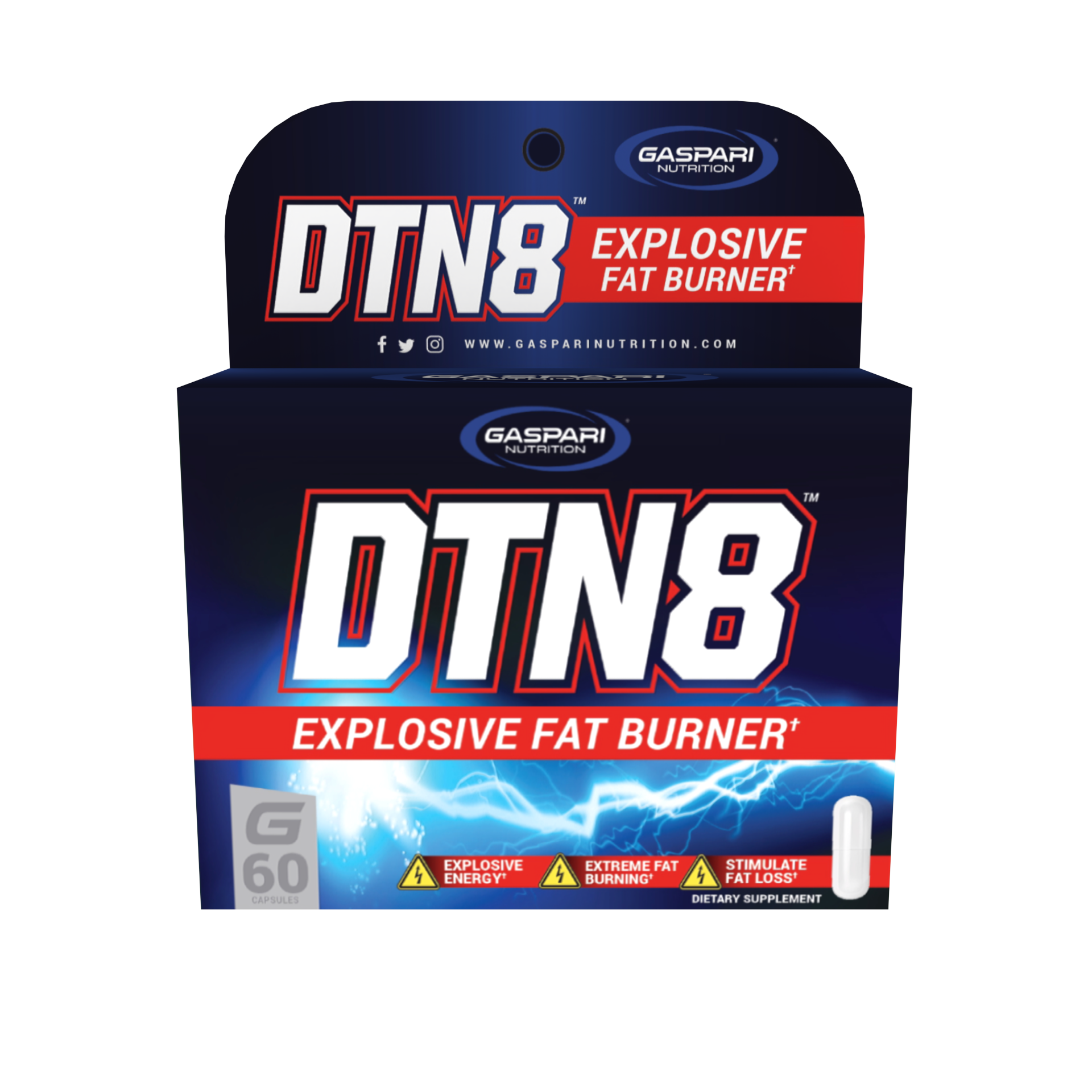



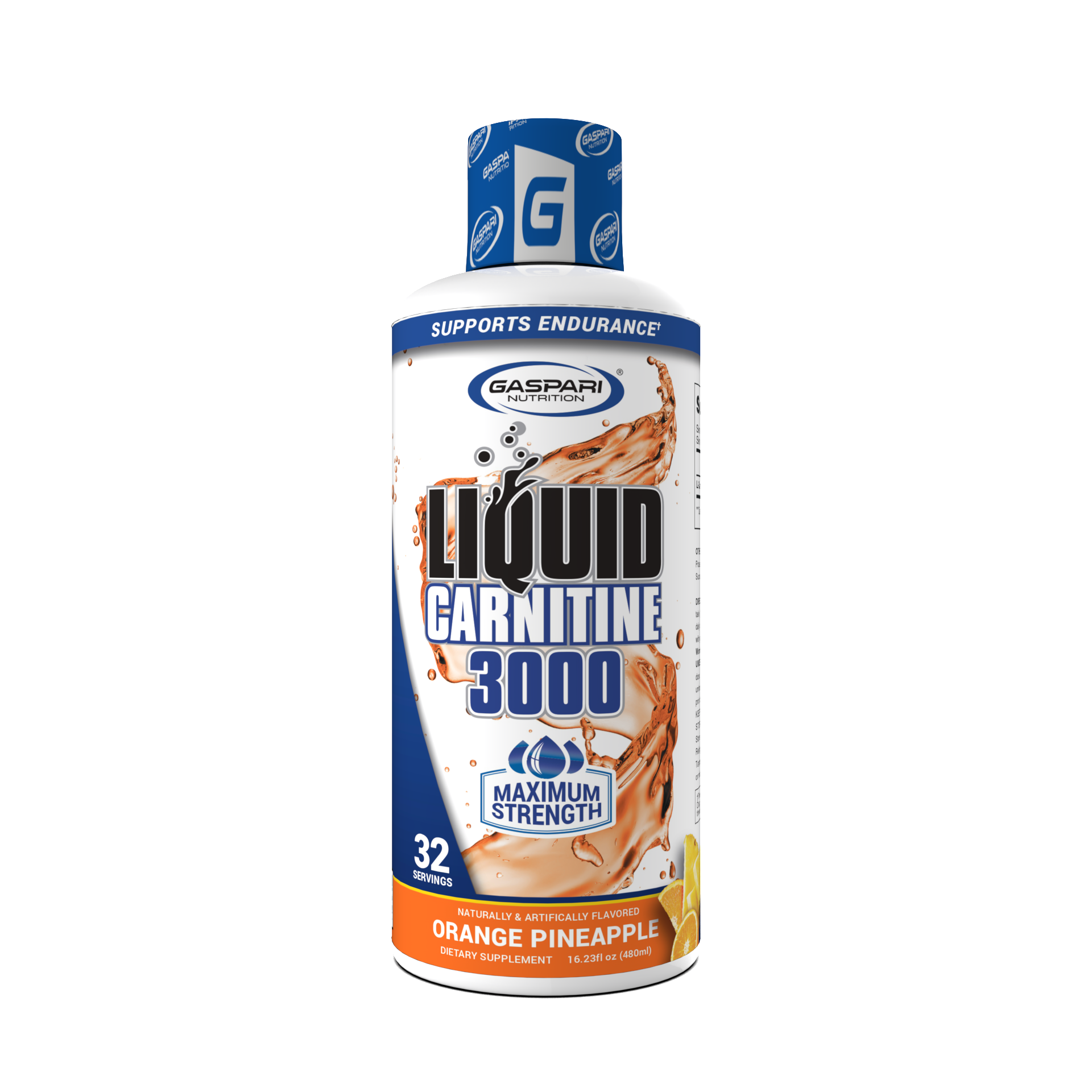


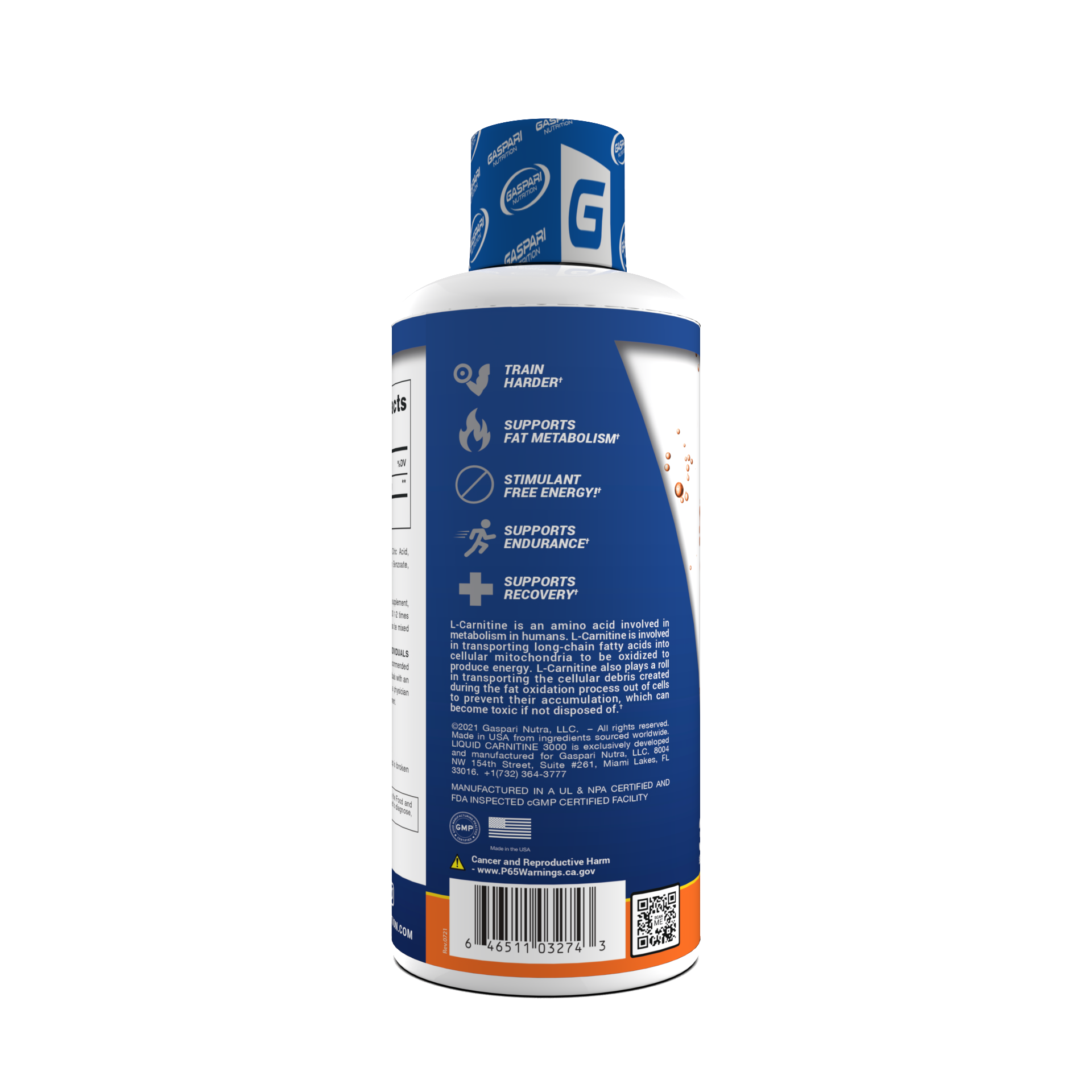

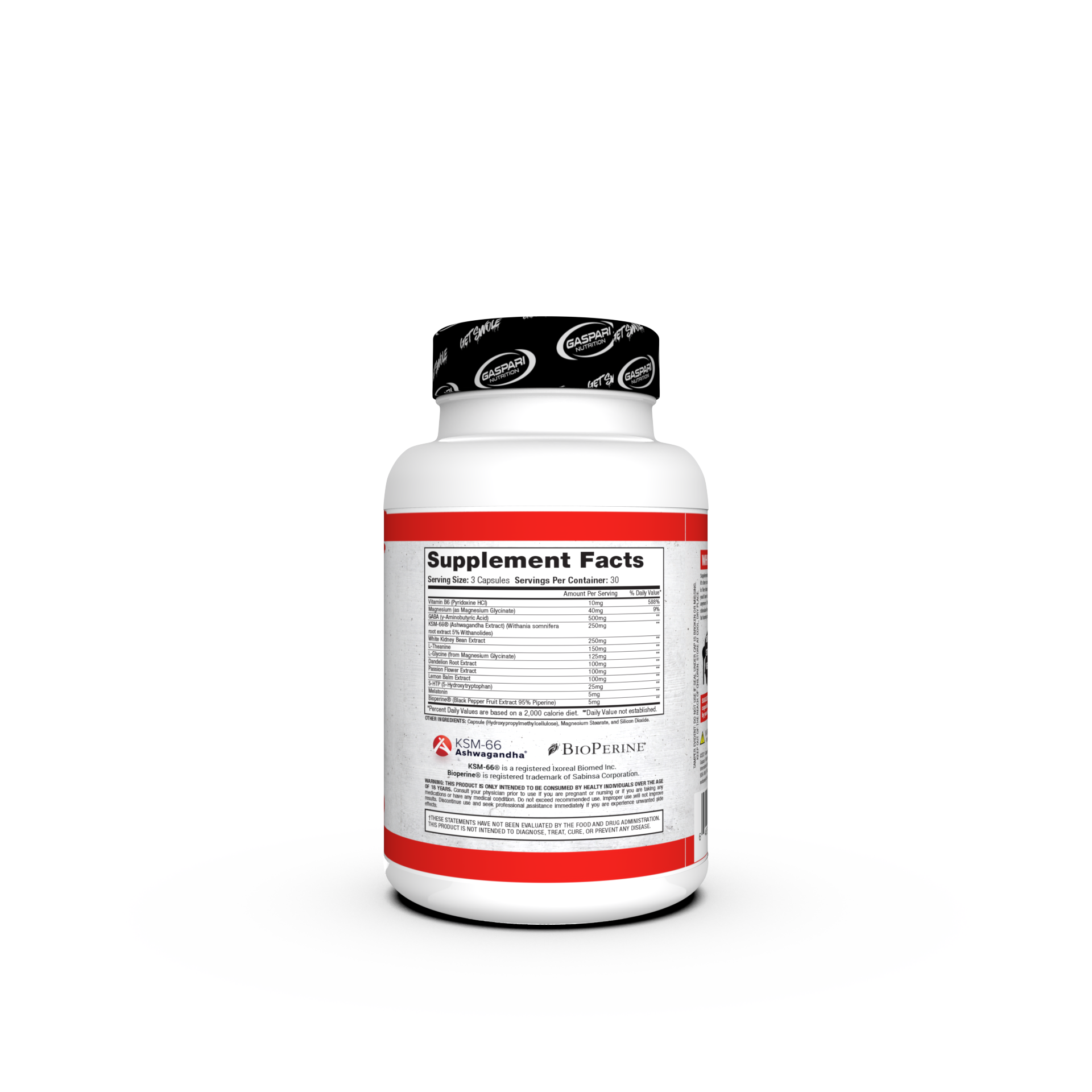
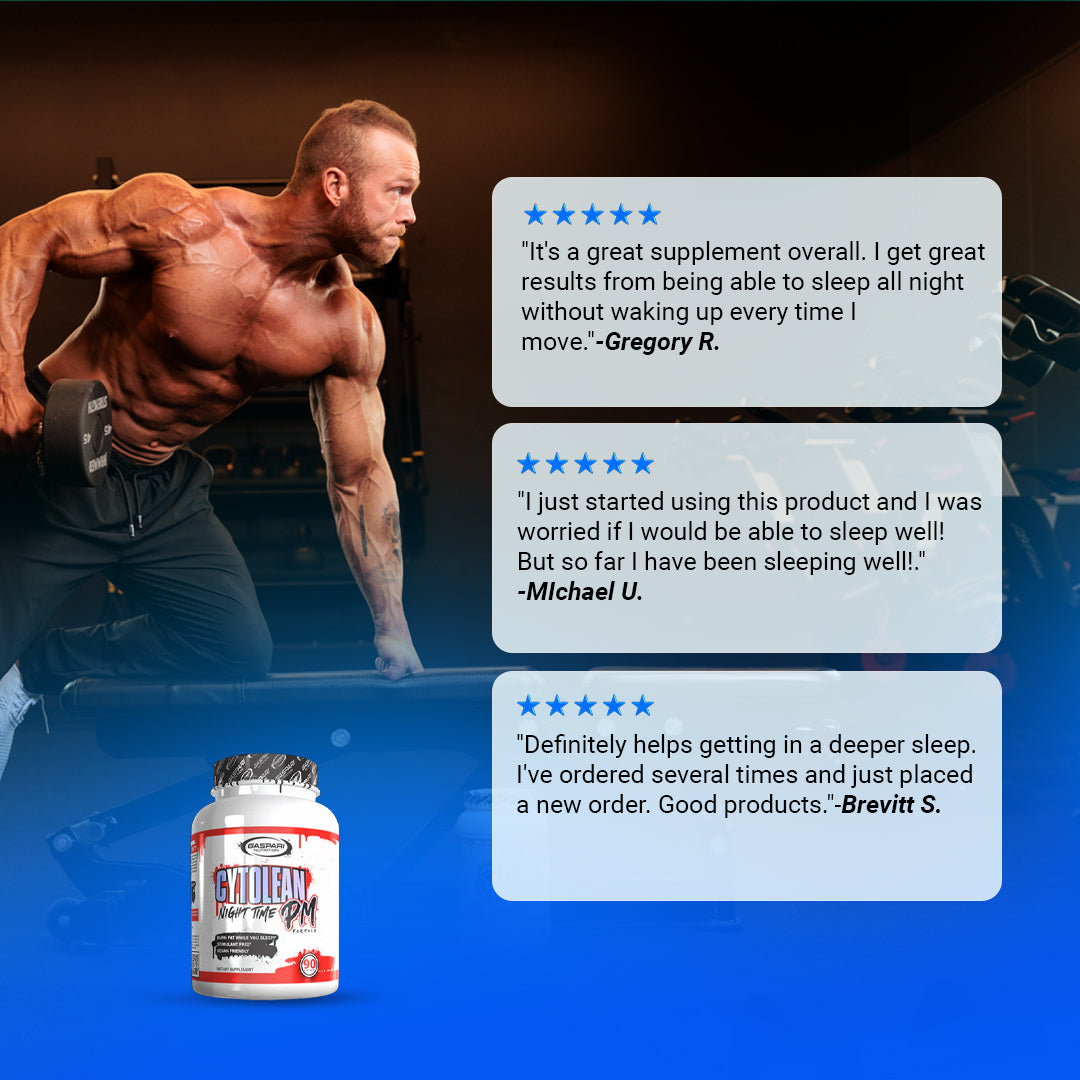

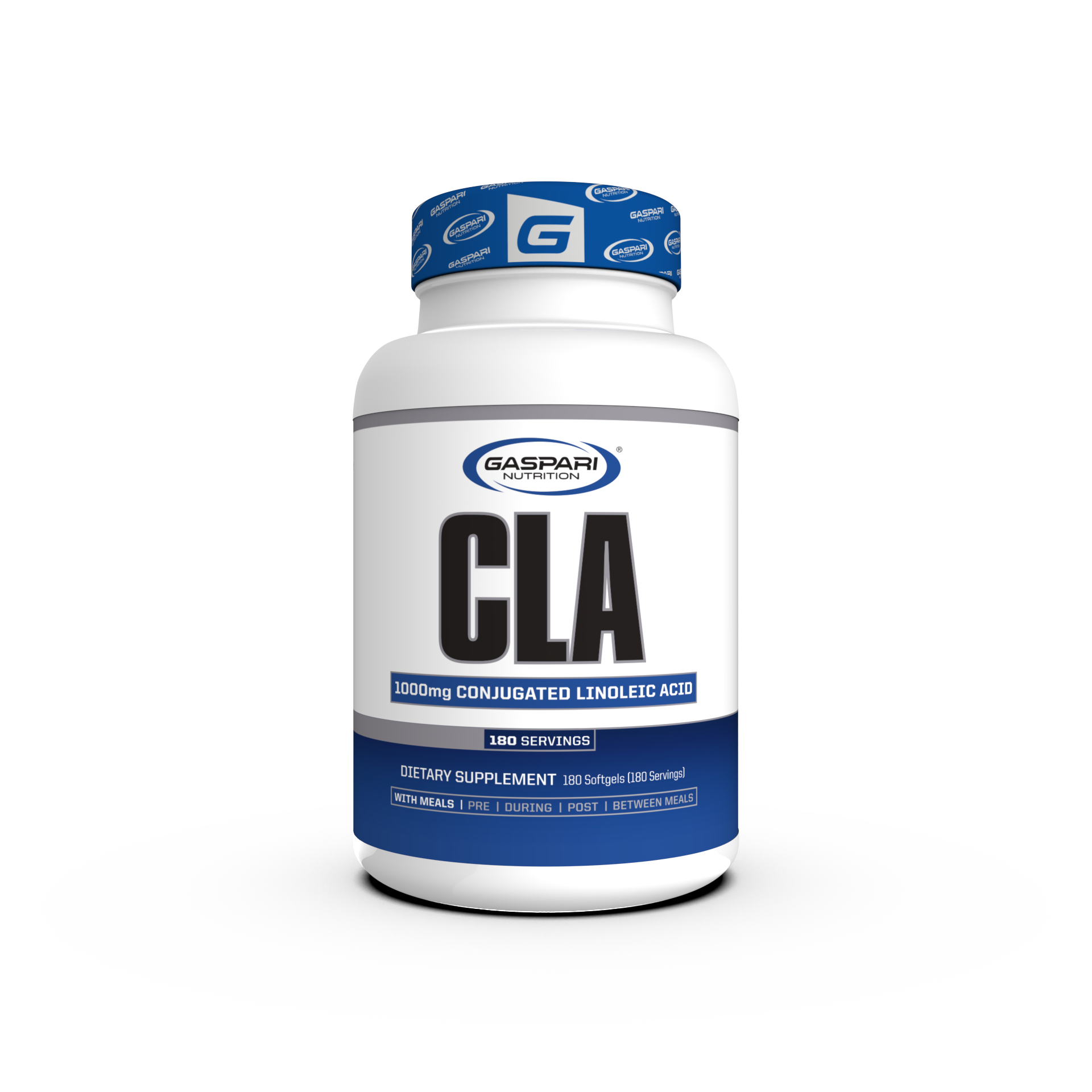

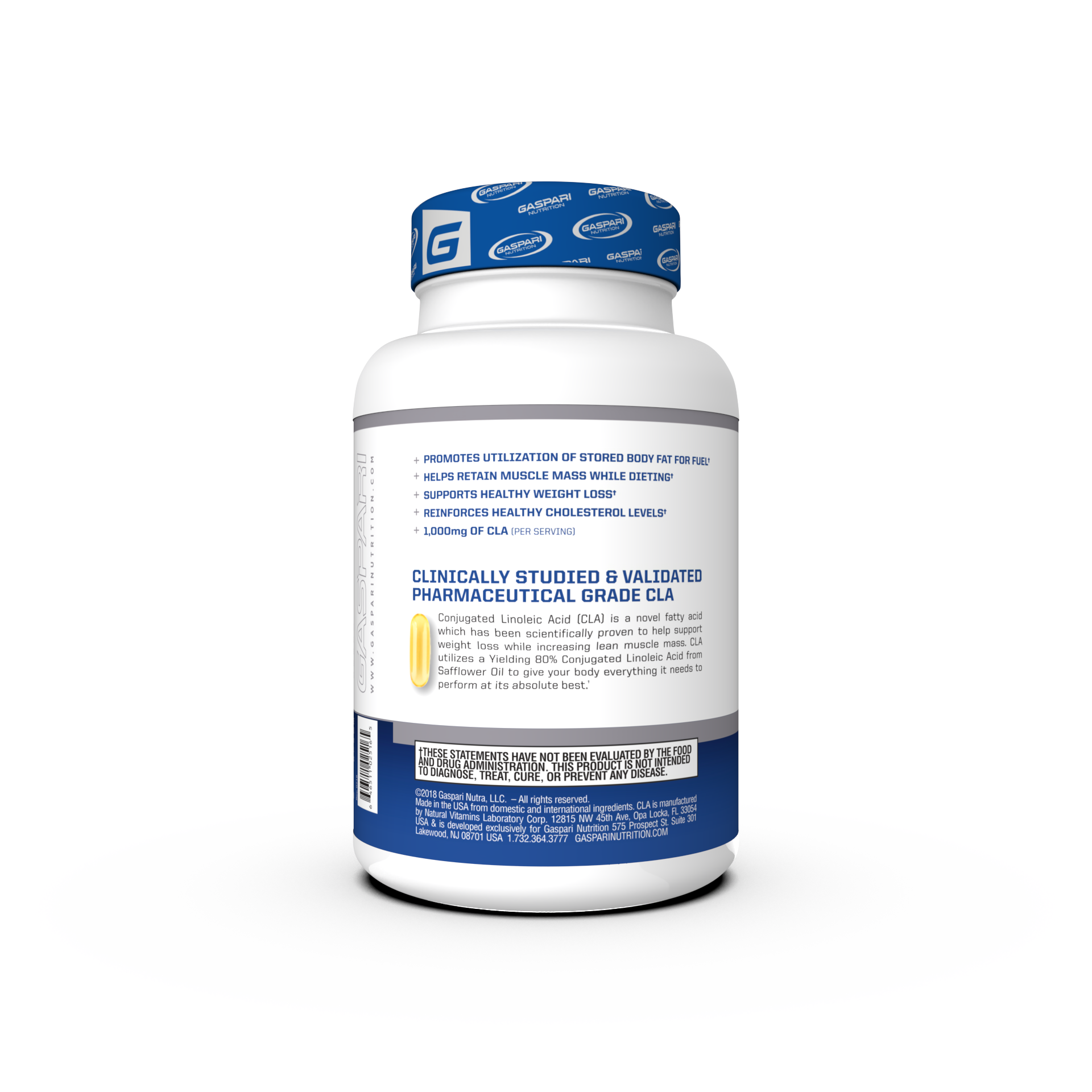



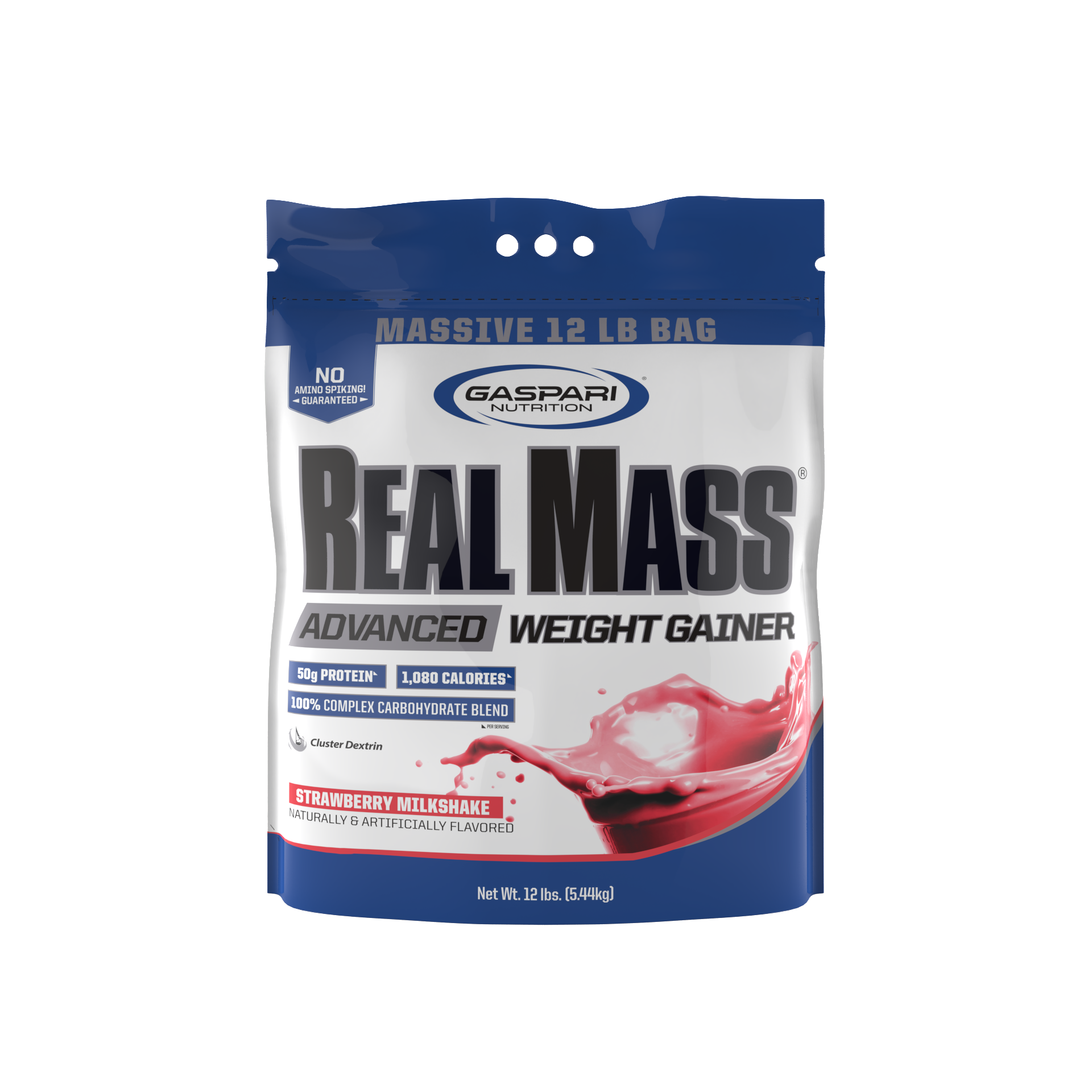

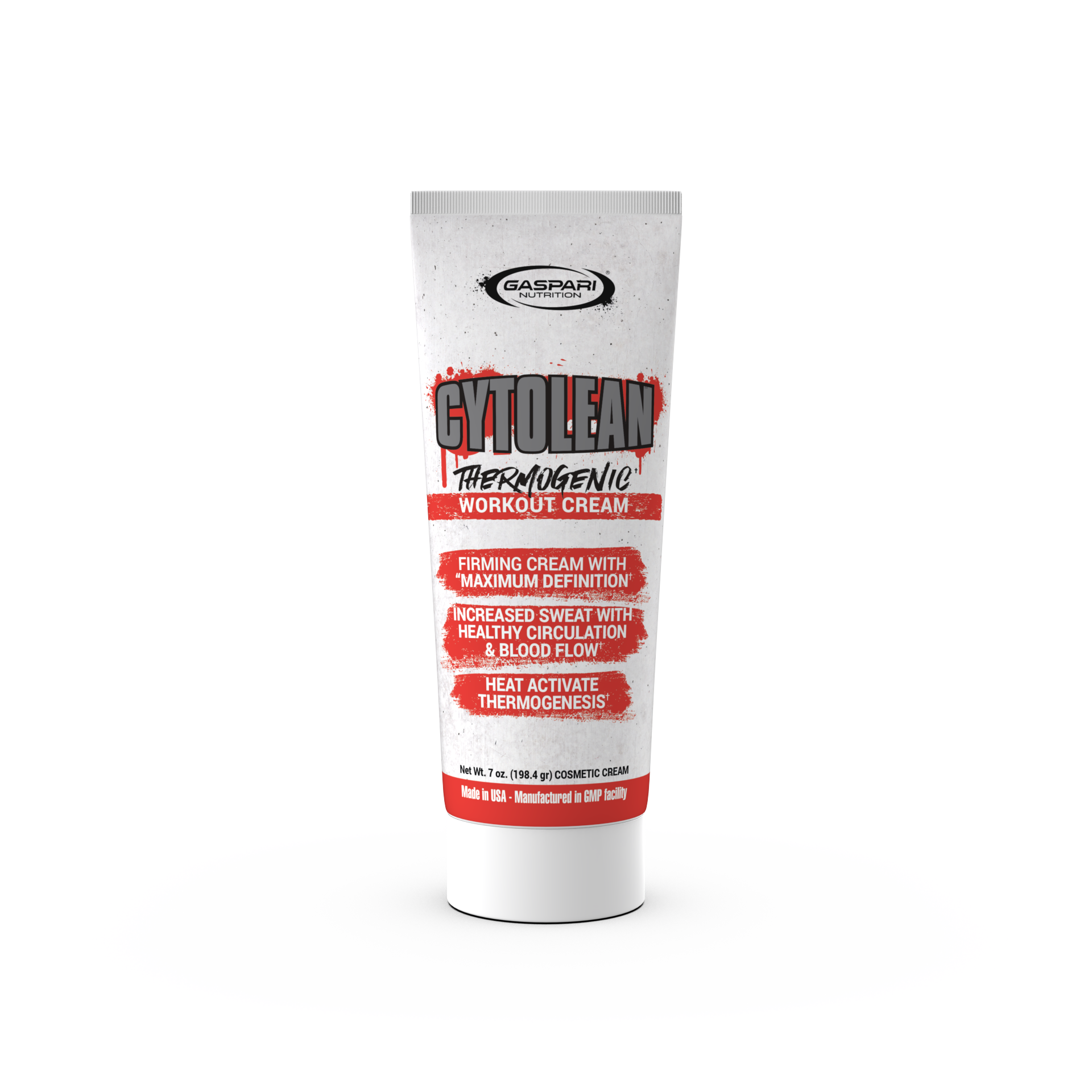

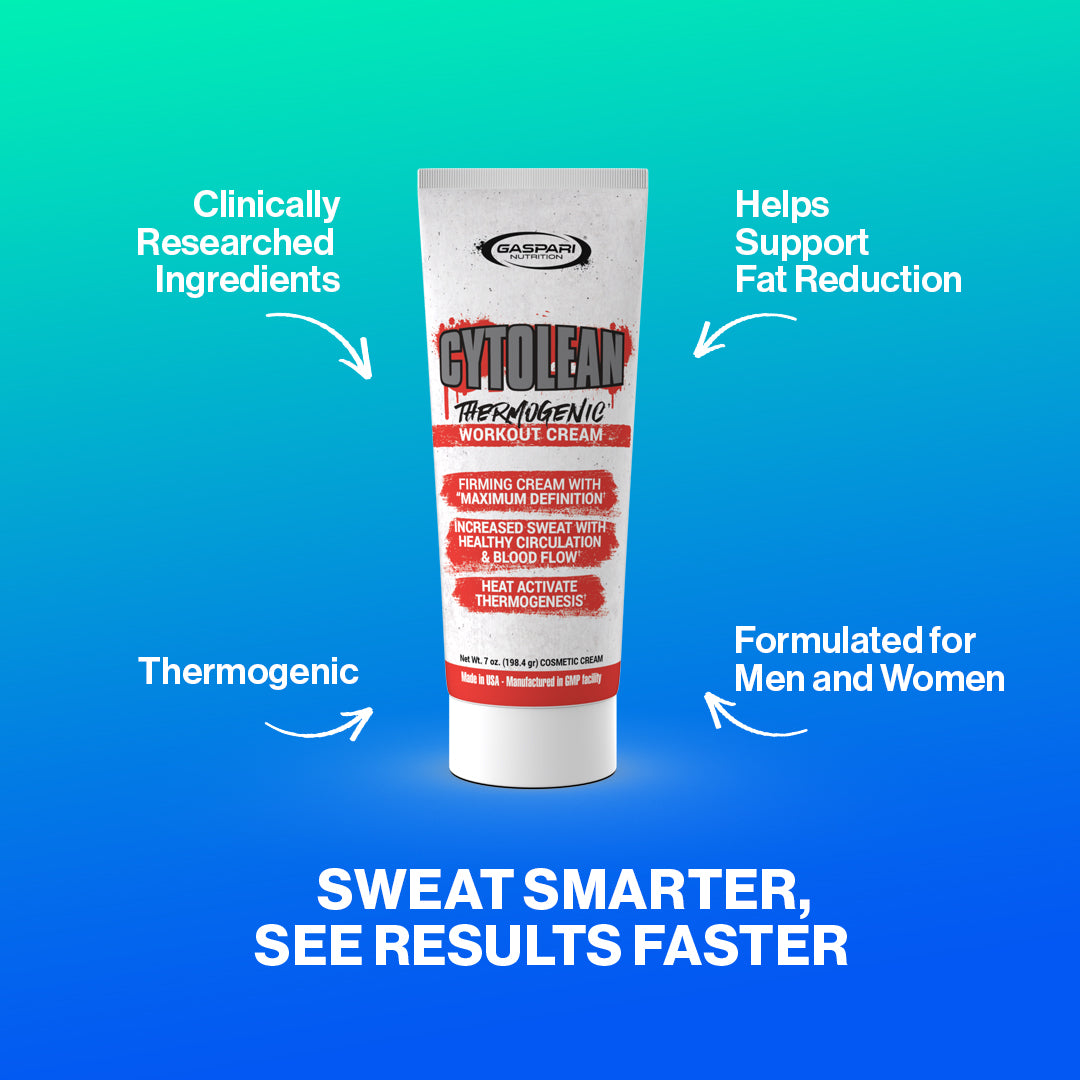
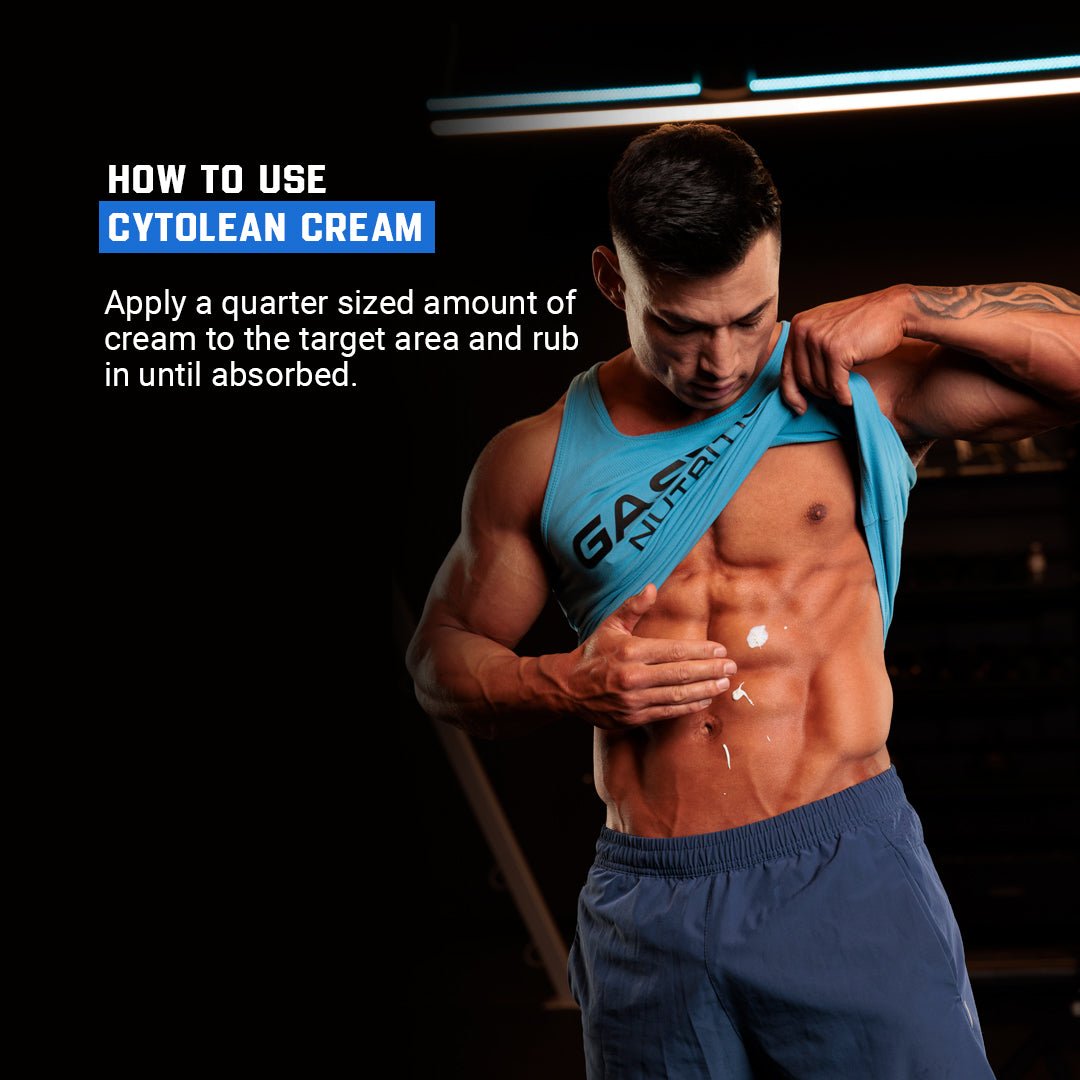
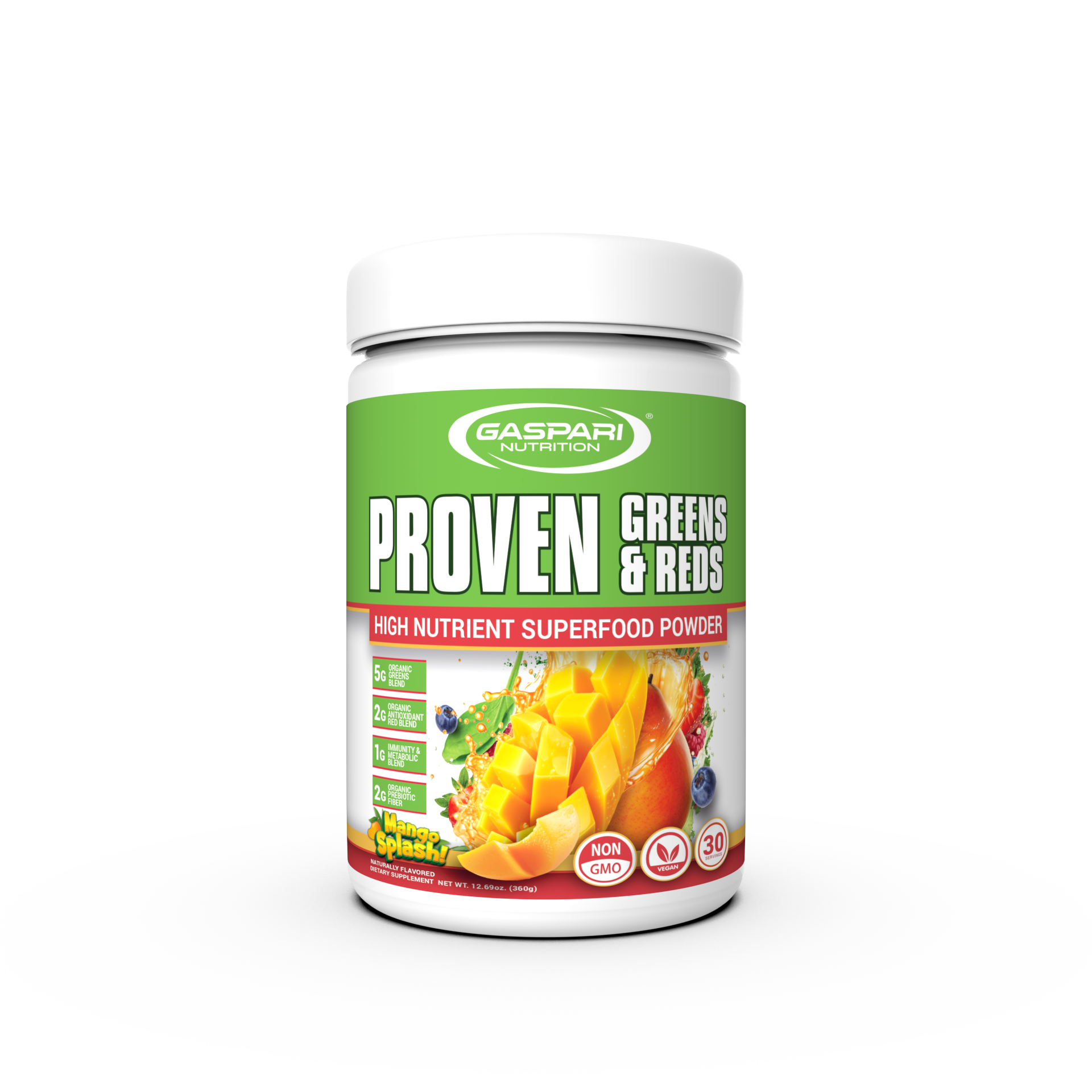
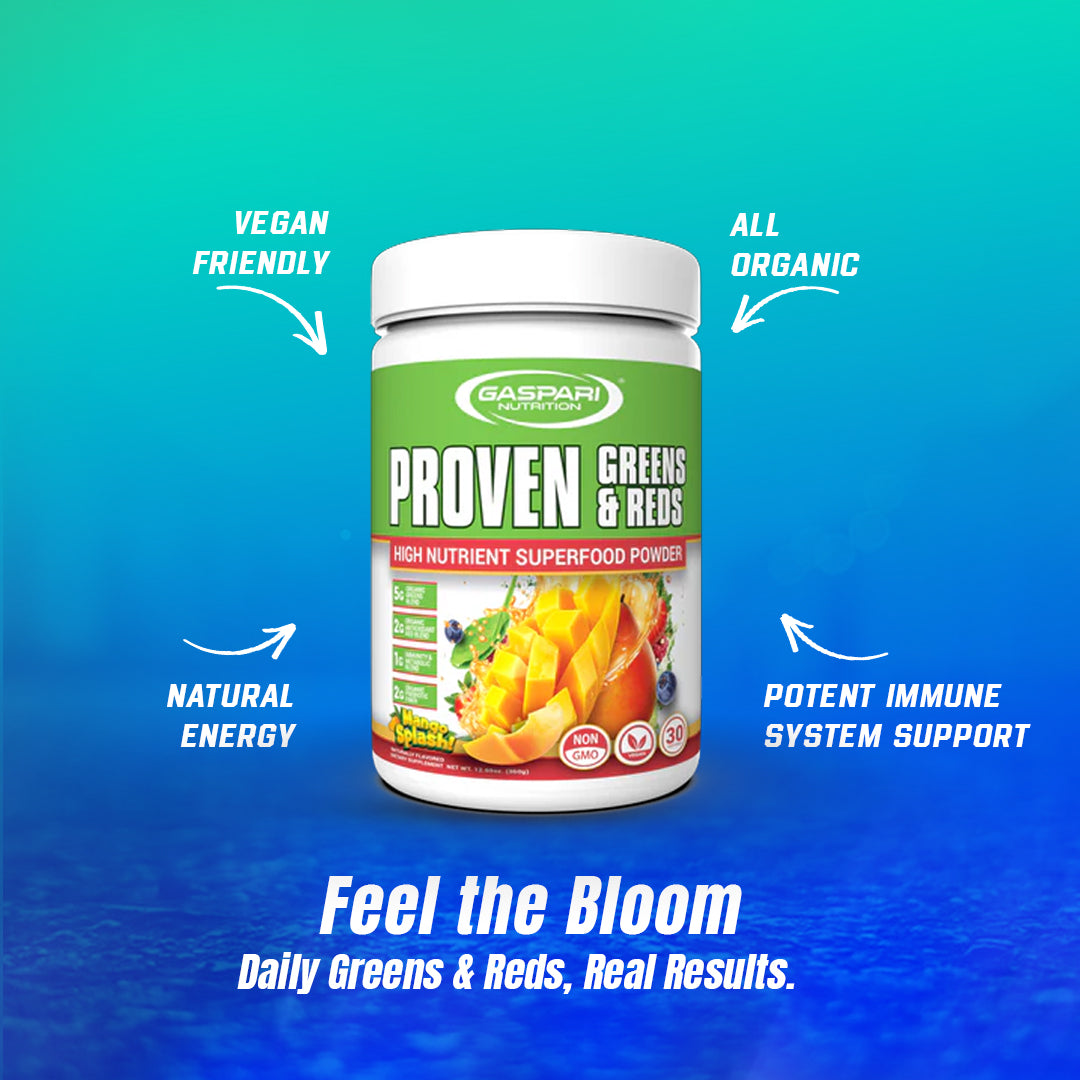

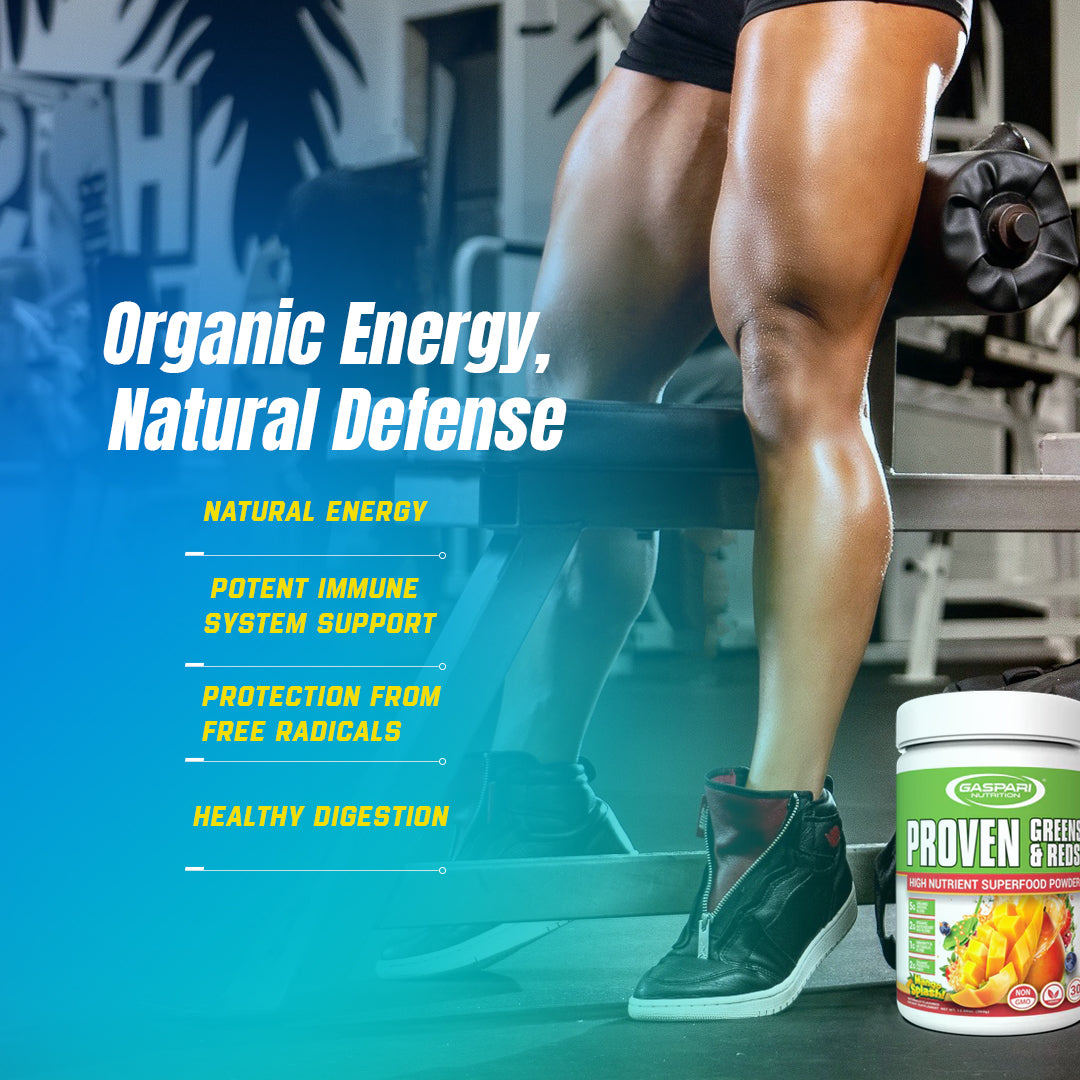

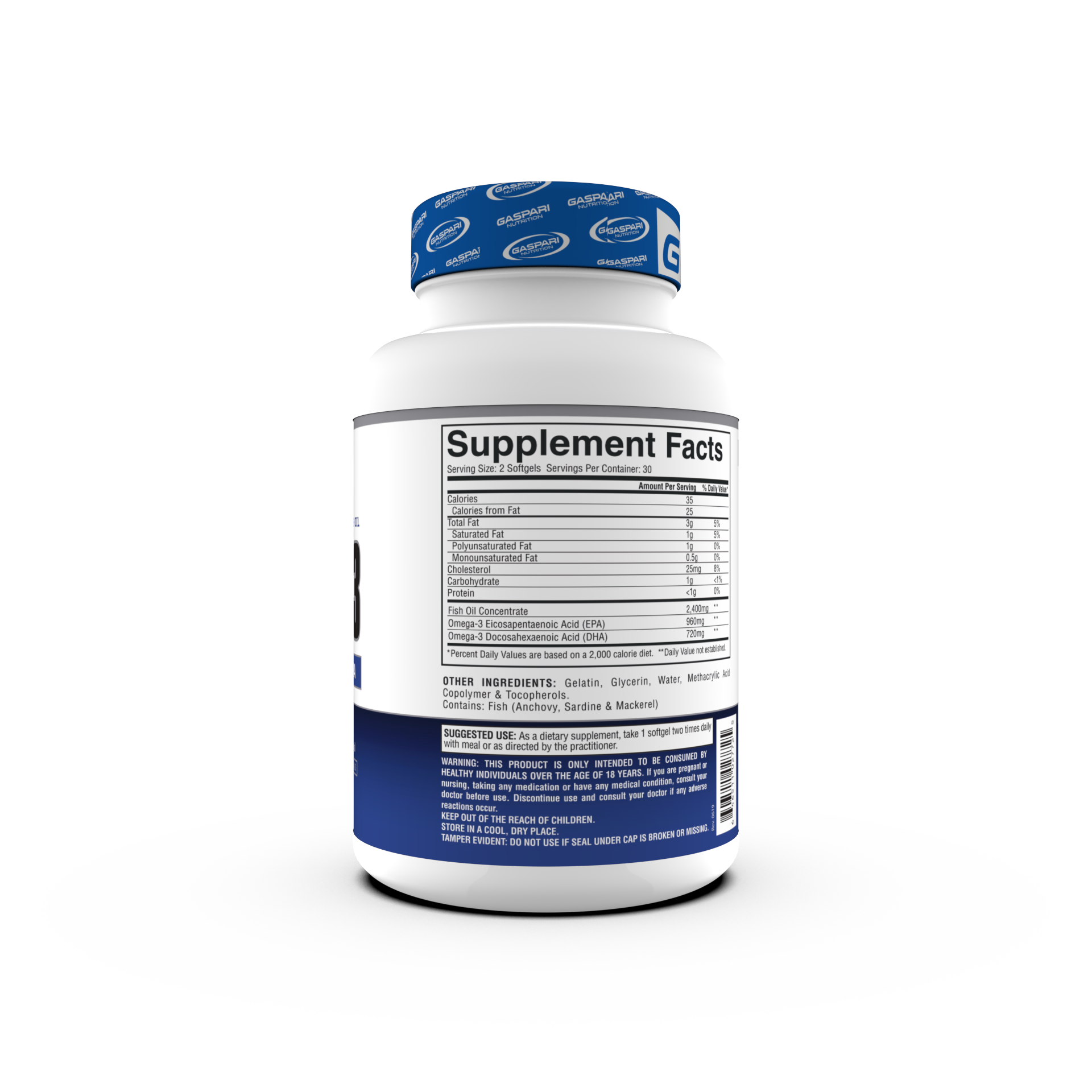
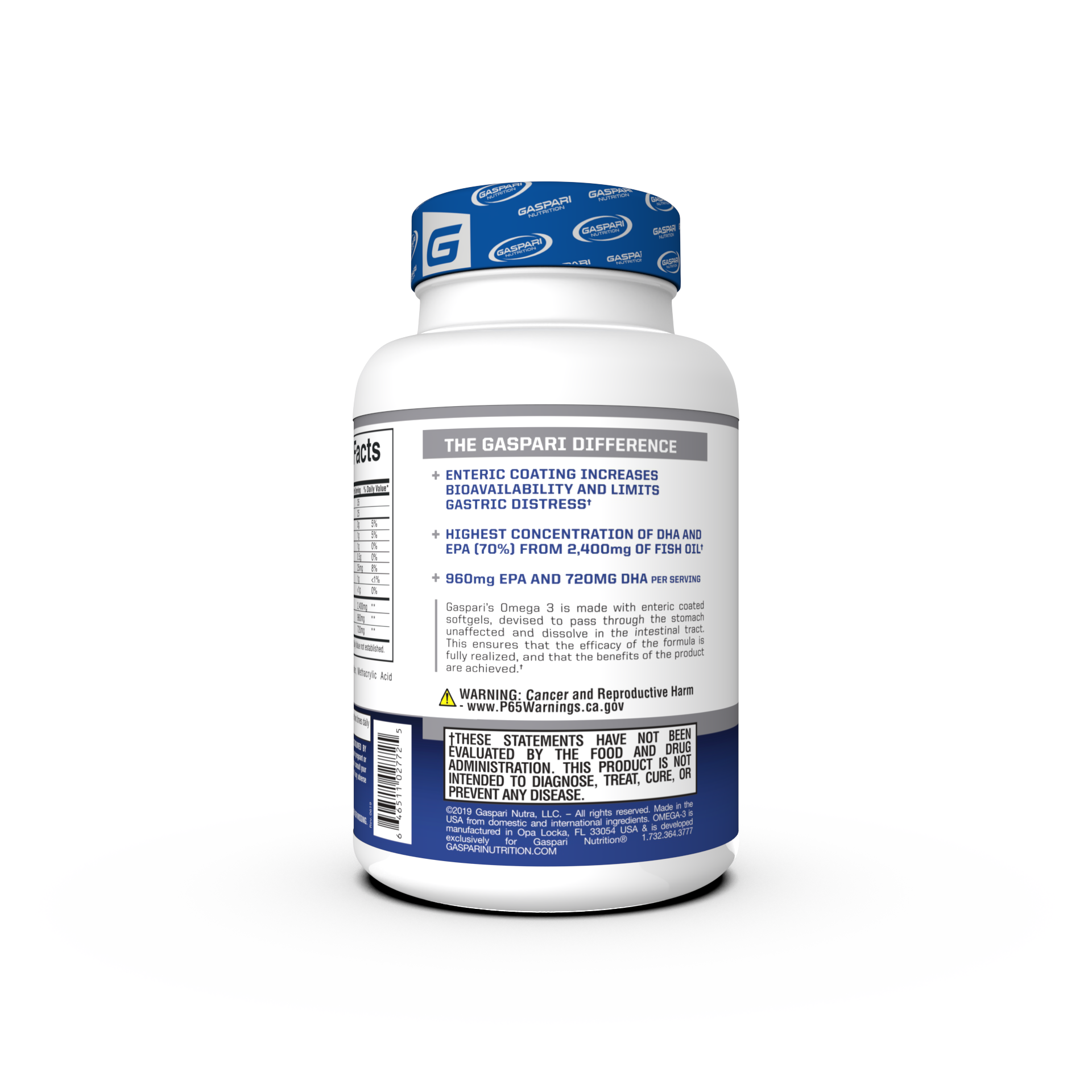

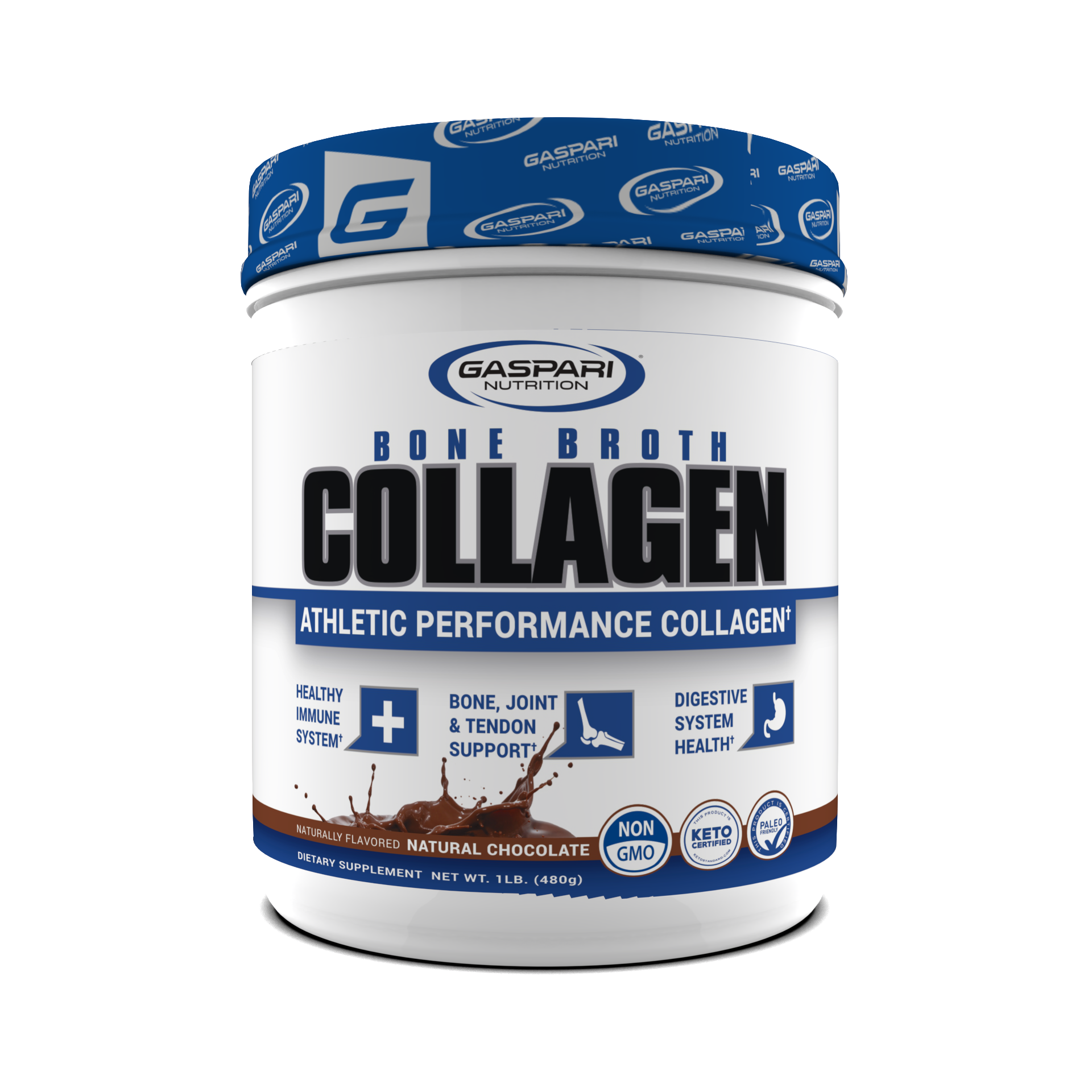







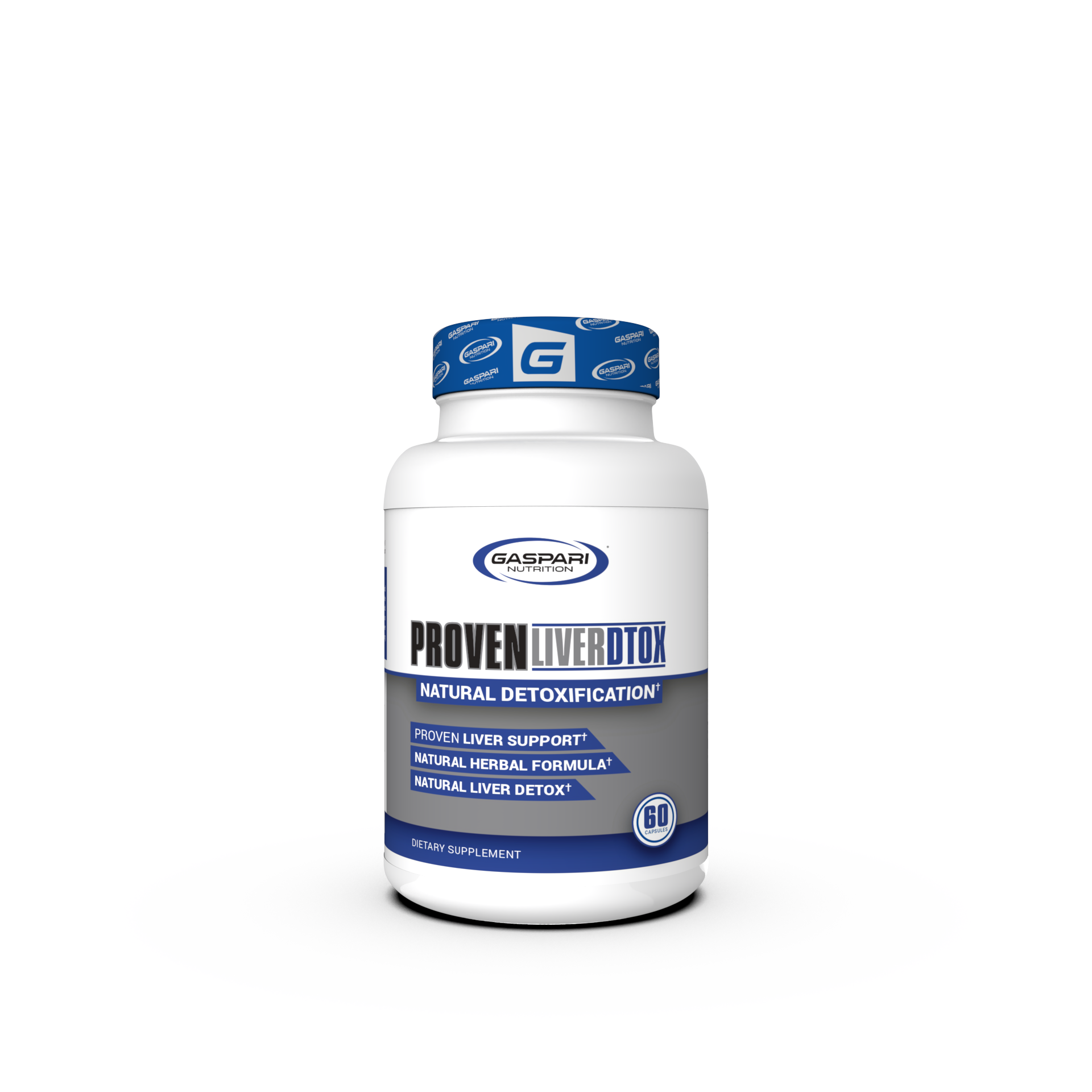

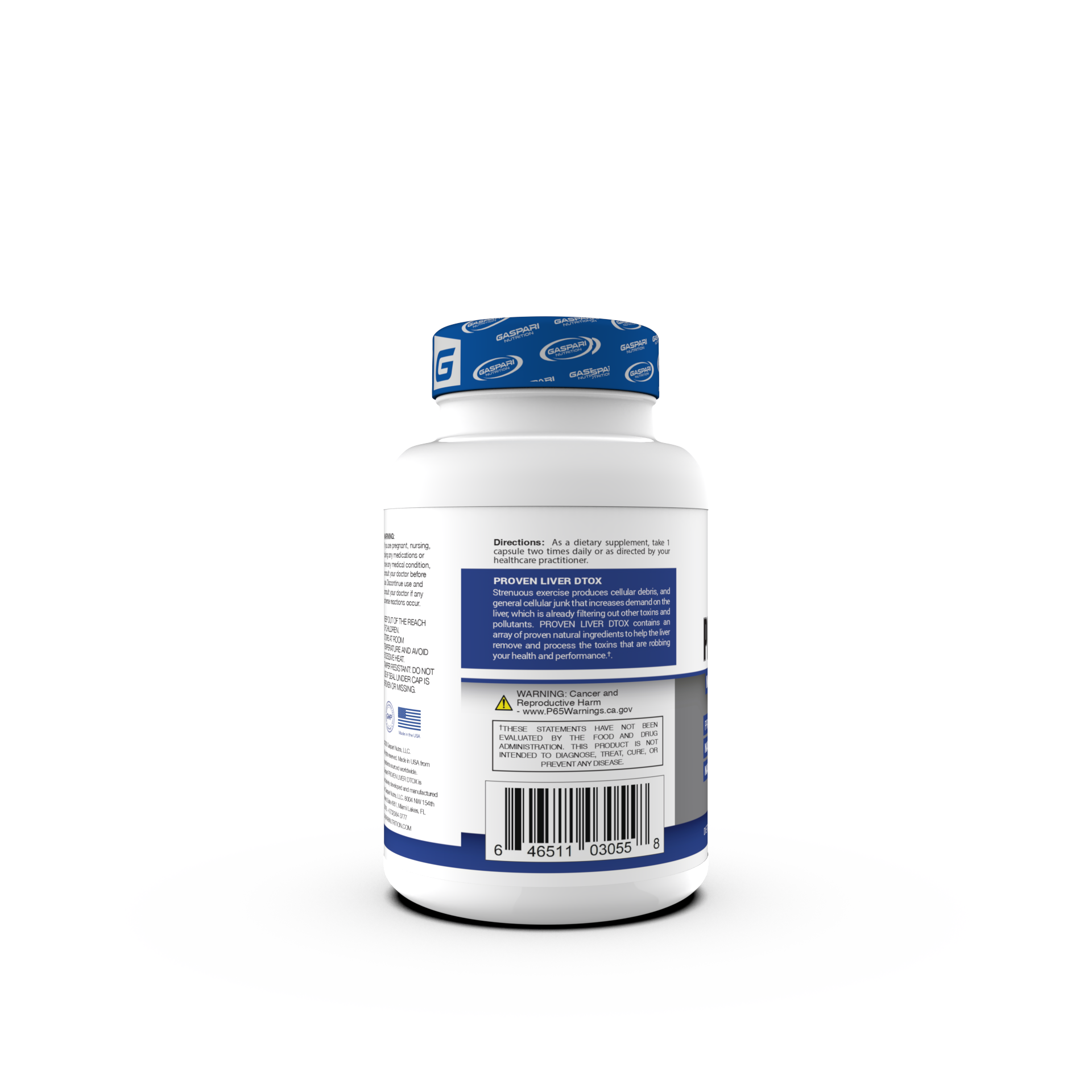

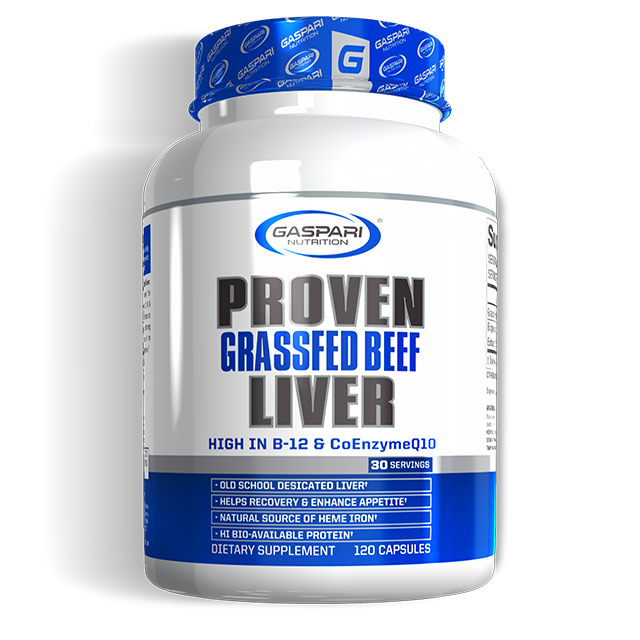





Share:
Proven Ways To Lose Body Fat
How To Fix Anterior Pelvic Tilt